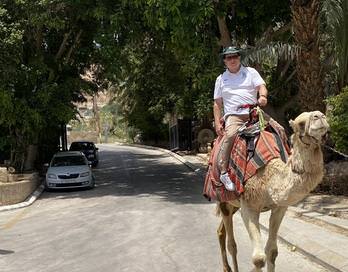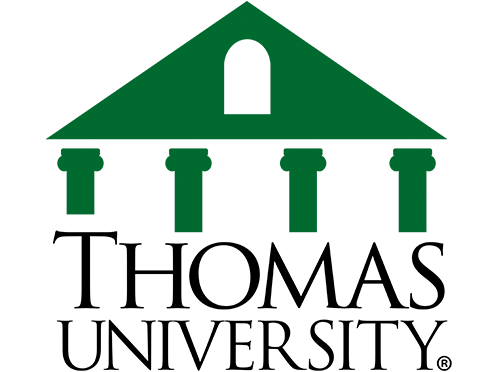After a very early morning flight from Israel to Turkey, (no, we didn’t arrive by camel!), we arrived at the Istanbul airport. Our first stop was the bizarre and spice market. It is an unbelievable market to say the least!
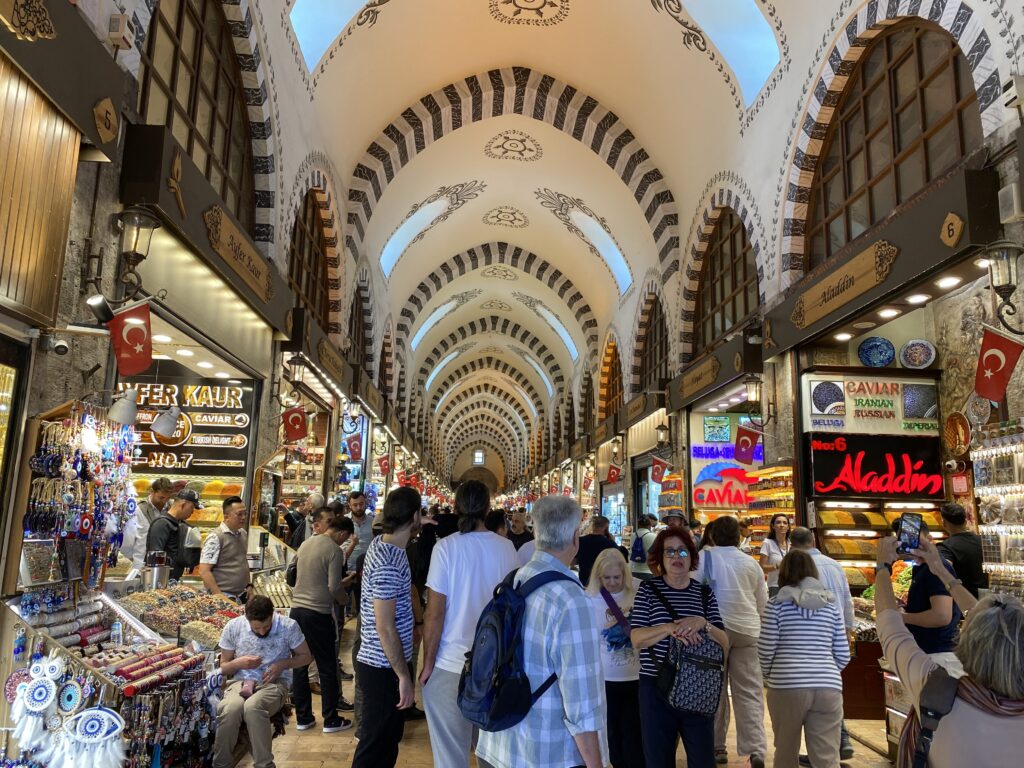
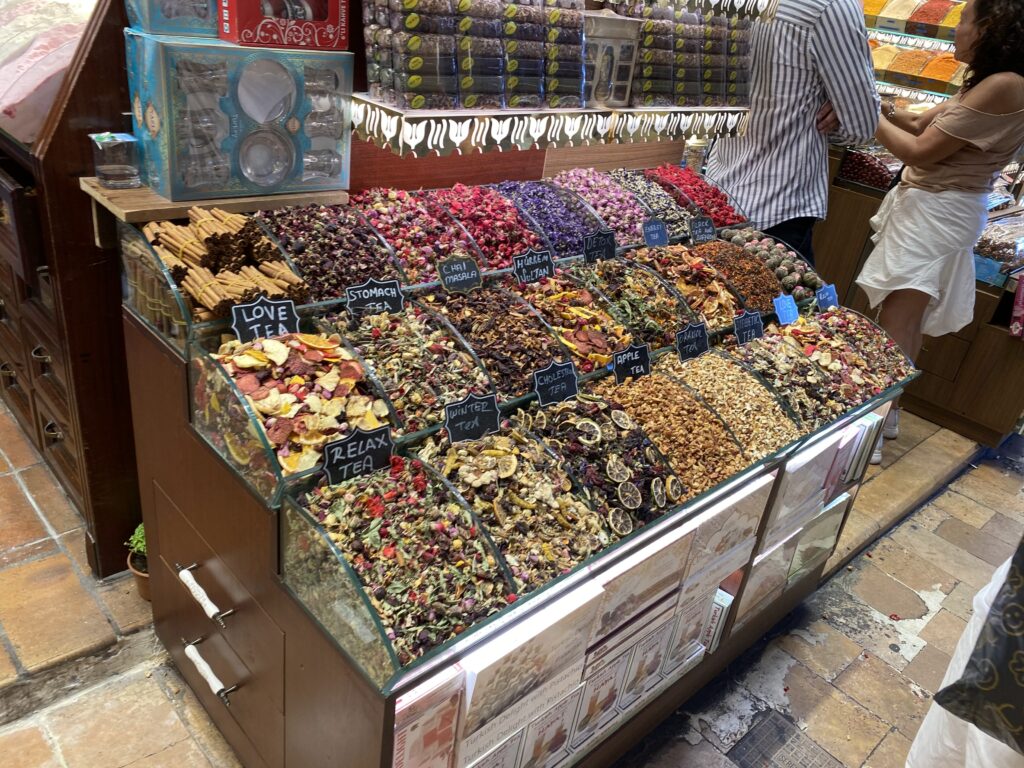
We also took a boat ride that allowed us to see the architectural differences between where Europe and Asia meet. The two differences can be seen on the opposite cost from each other. Istanbul has a population of more than 18 million people. Istanbul is important to Christianity because Constantine, the Roman Emperor, moved the capital of the Roman empire to Istanbul. With his conversion to Christianity, he helped spread the message world-wide.
On Sunday we visited an area that was once a Hippodrome. Roman horse and chariot racing took place here (think movie Ben Hur). The Hippodrome is a long oval using a little imagination you can see how the tree line on each side would be the outside with the obelisk in the center of the track. Many activities happened at hippodromes from races to community events, including public humiliation for conquered foes.
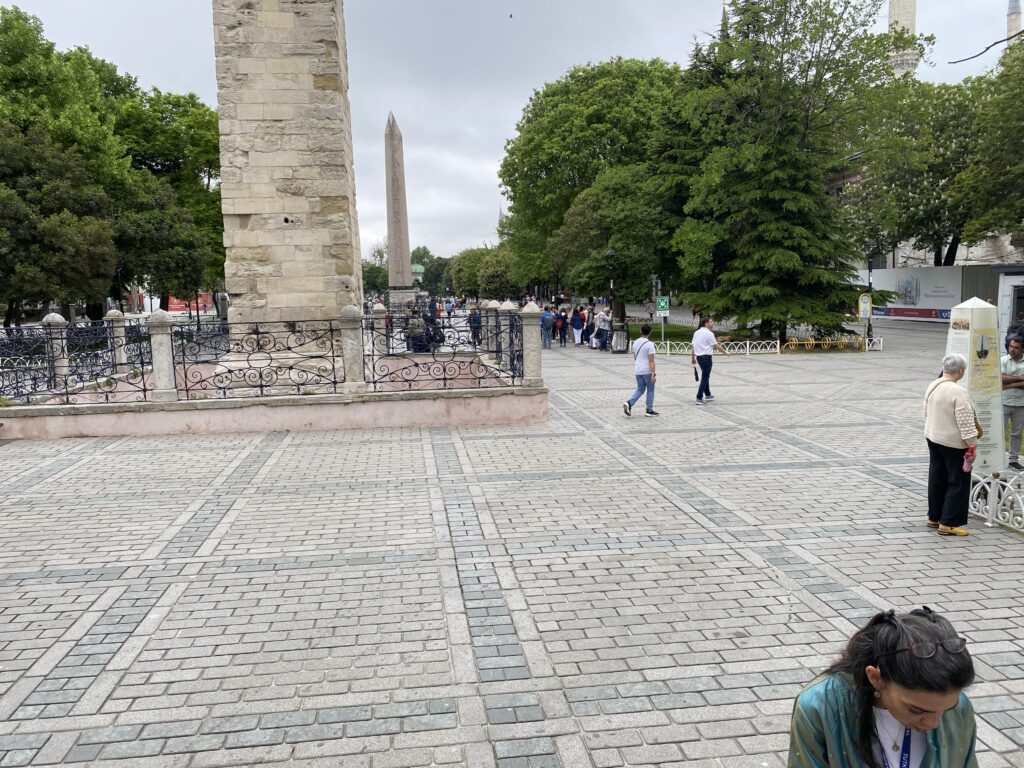
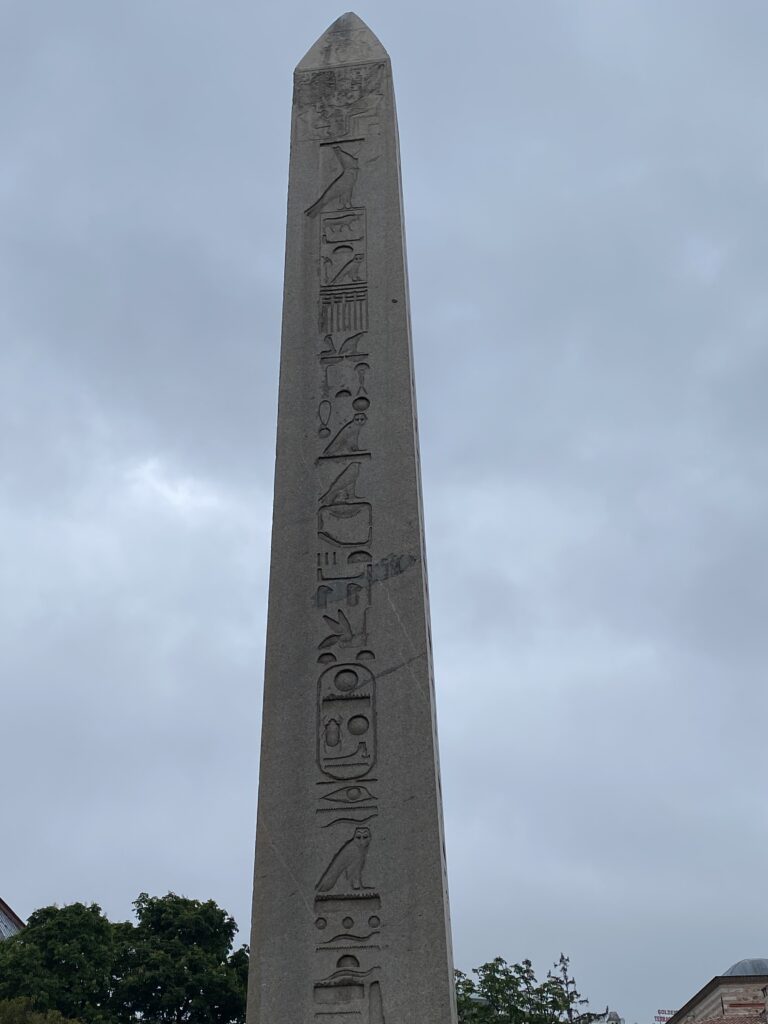
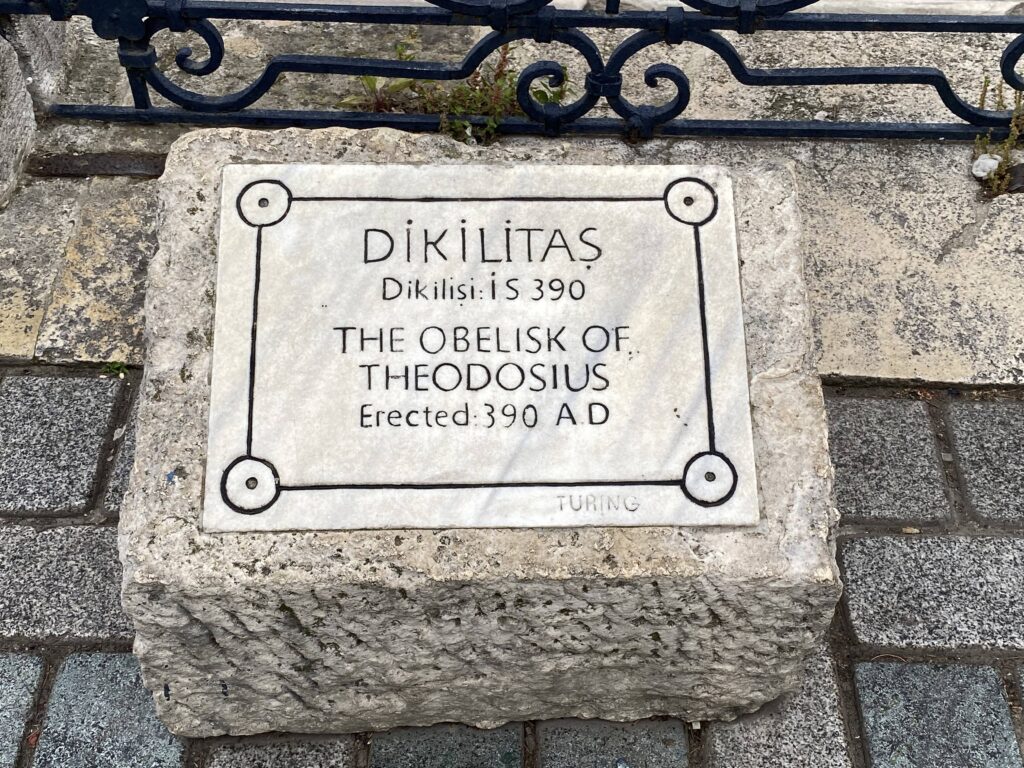
We visited a mosque that for many years was a church, then a museum. It is called the Hagia Sophia. It has recently been converted to a mosque and some of the important Christian mosaics on the upper level are no longer on display. This was quite disappointing to our group especially recognizing the important of the Byzantine Empire and it’s relation to Christianity.




We also visited a market for Turkish rugs and of course saw a demonstration of how they are made. It takes 6 months for a medium sized wool rug and 1-3 years, depending on the size, for those made of silk. The artist pictured has a true gift!
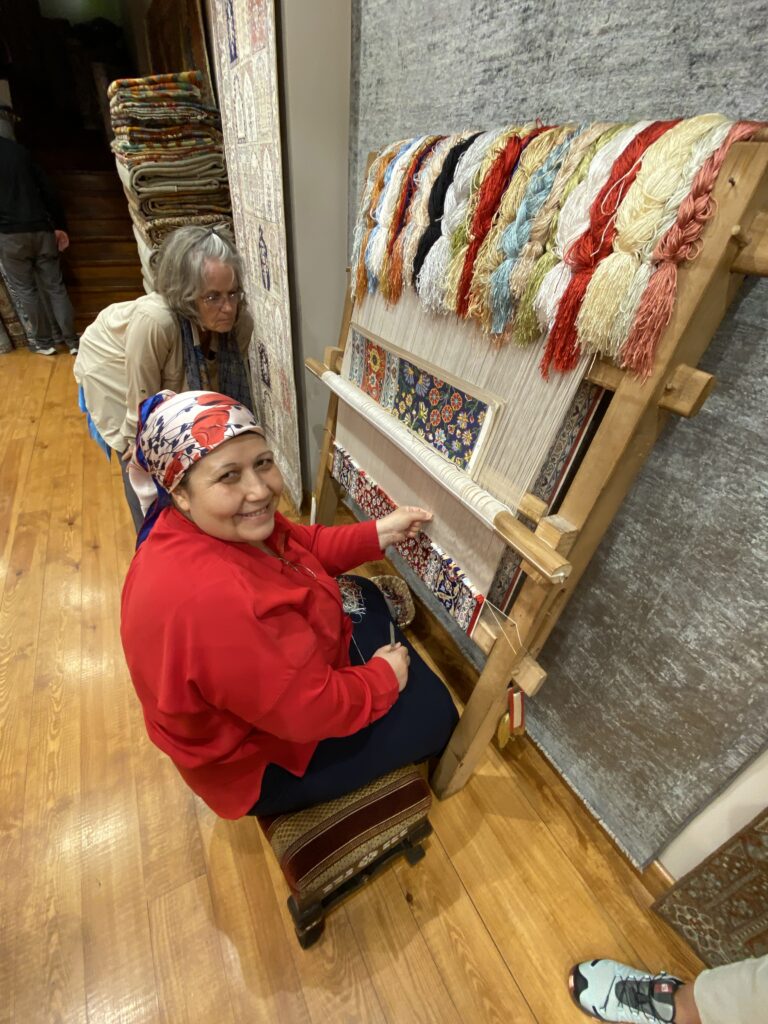
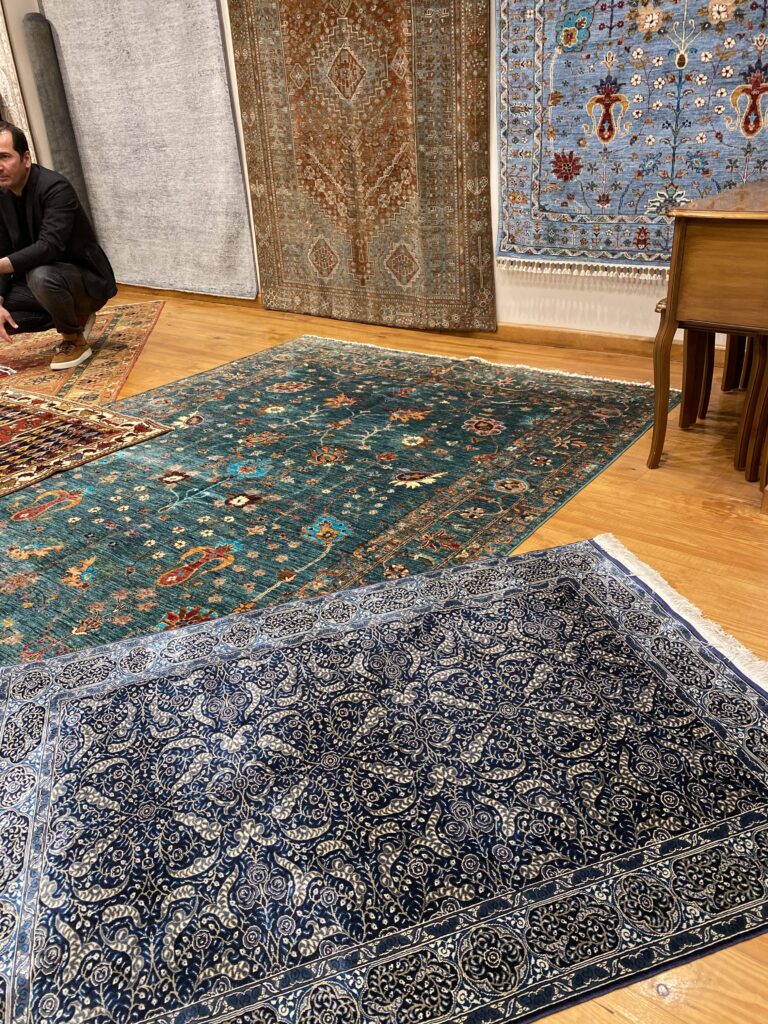
The Basilica Cistern is ‘off the chart’ amazing. It has been in James Bond movies and Dan Brown’s book movies. It has 336 columns, unbelievable square footage and incredible height and beauty. And it is just a cistern! The Basilica Cistern is the largest, ancient underground cistern in Istanbul. It was built by order from Emperor Justanian in 535 CE as a project of rebuilding the cistern after riots. Cisterns in general were spread everywhere around Istanbul during Byzantinian times and provided water for use of residents.


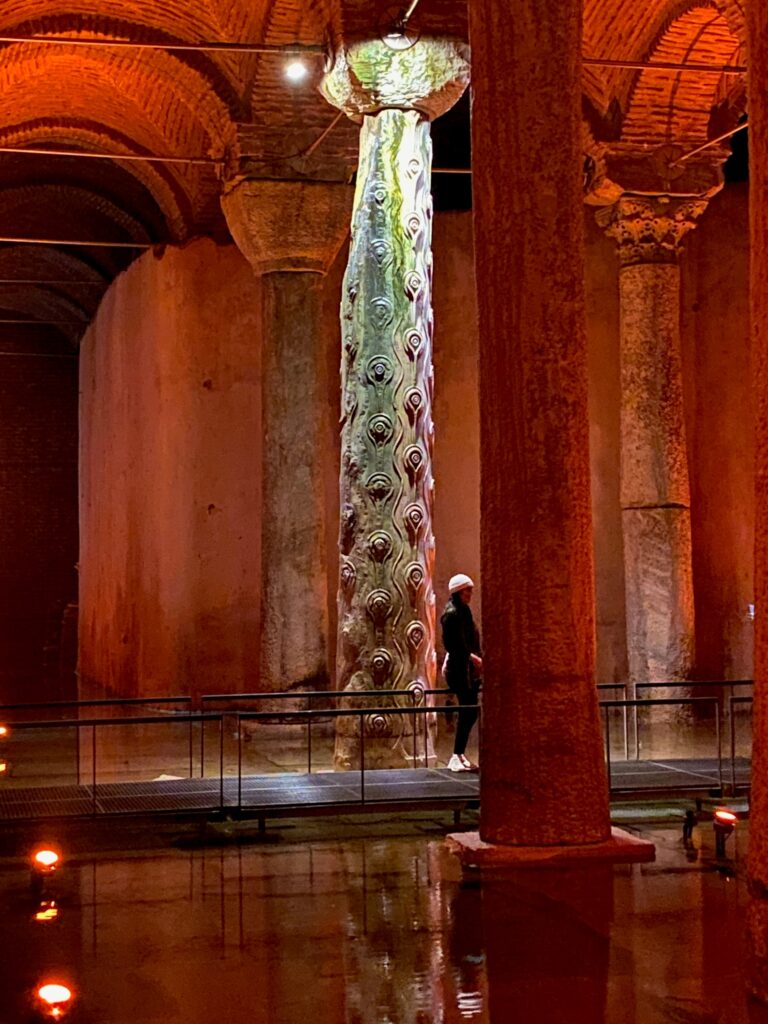
The ‘column of tears’ (above) is part of the cistern to recognize those that died during it’s construction.
So, with my final entry in this blog, I would like to share a quote from Dr. Griggs, one of our team members. “Meaningful memories are never about the places, but they are about relationships.” So yes, I visited incredible sites and history that was educational but I do agree with Dr. Griggs. The relationships formed through this experience will last a lifetime. We are taking about our next expedition. Join us and have your life changed!

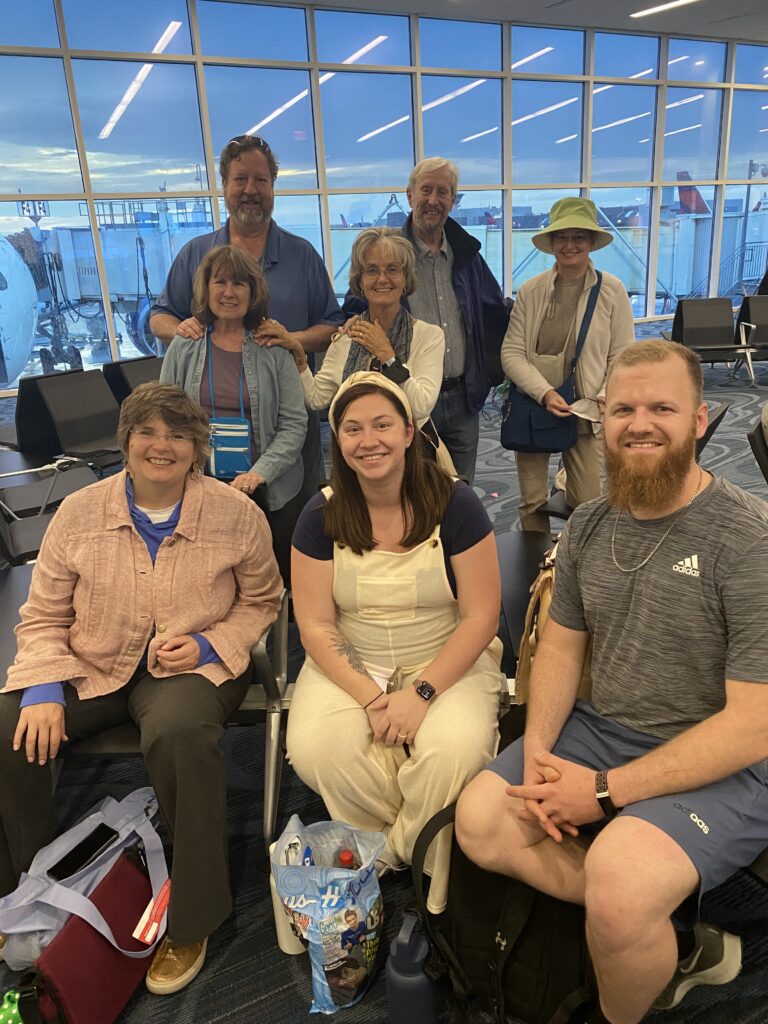
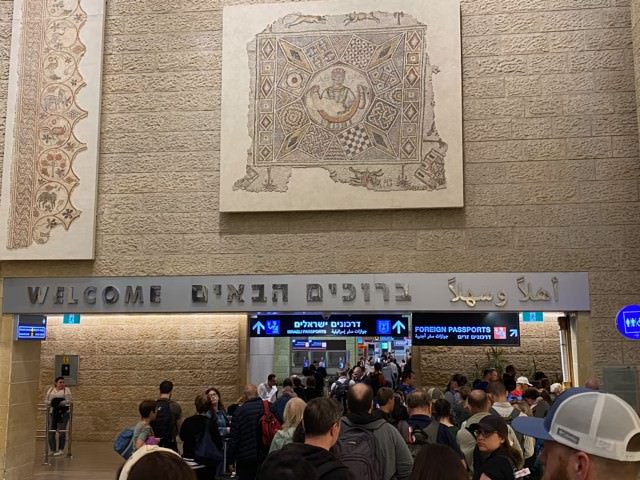
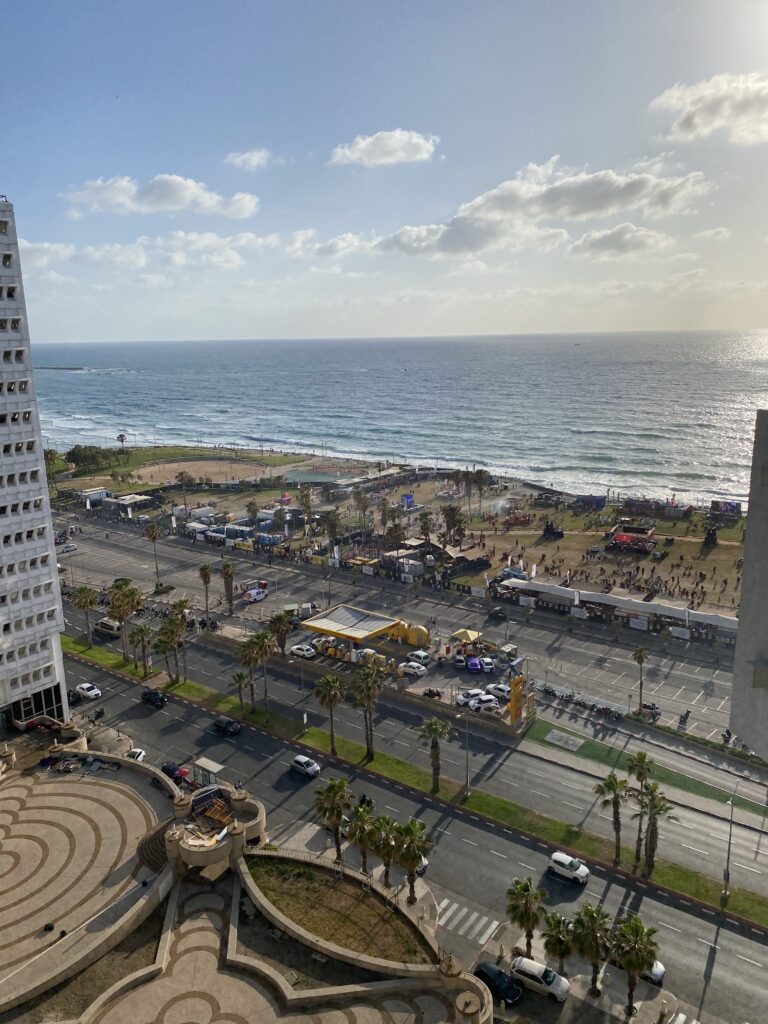 View from hotel in Jaffa
View from hotel in Jaffa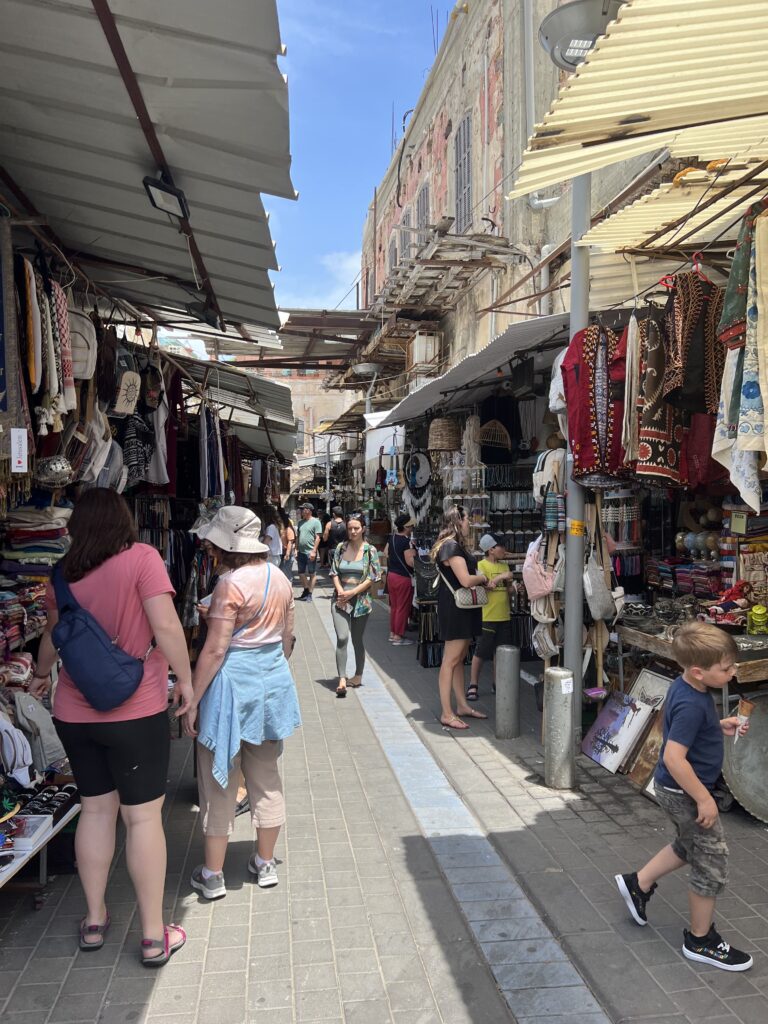
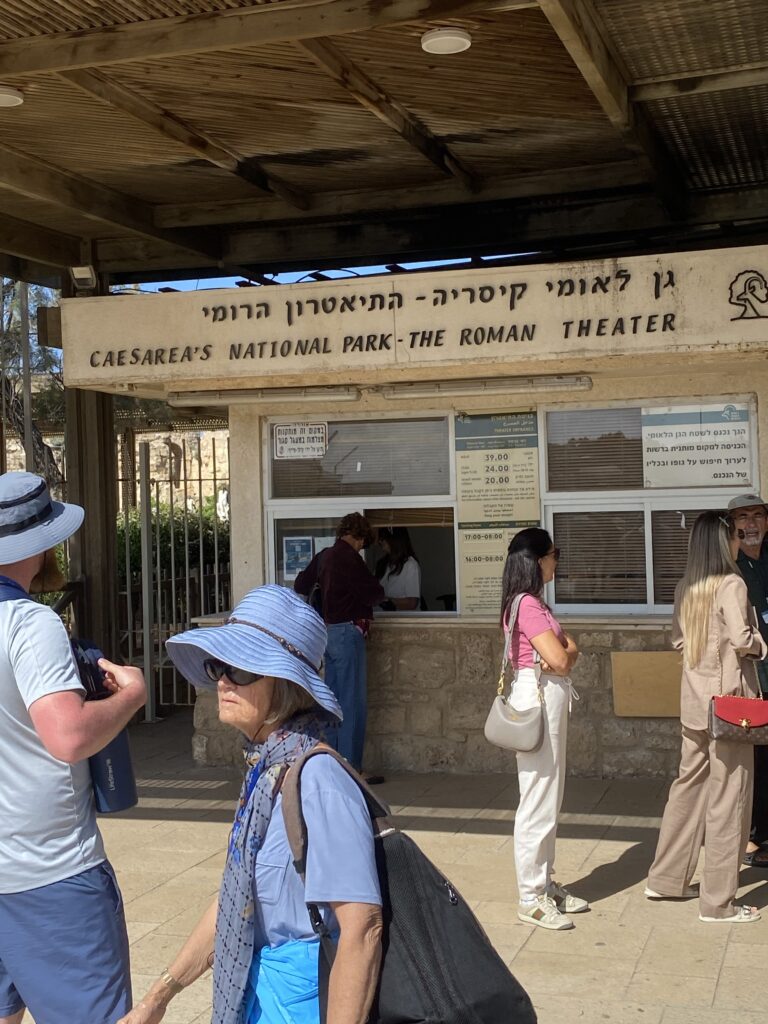
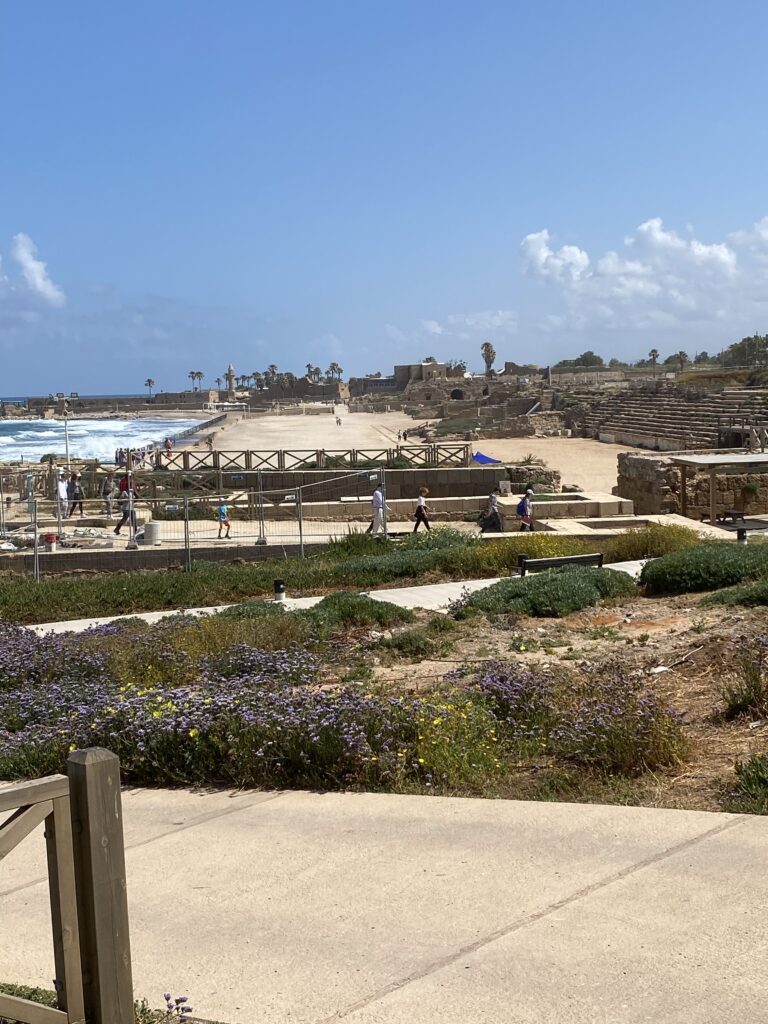 Caesarea complex
Caesarea complex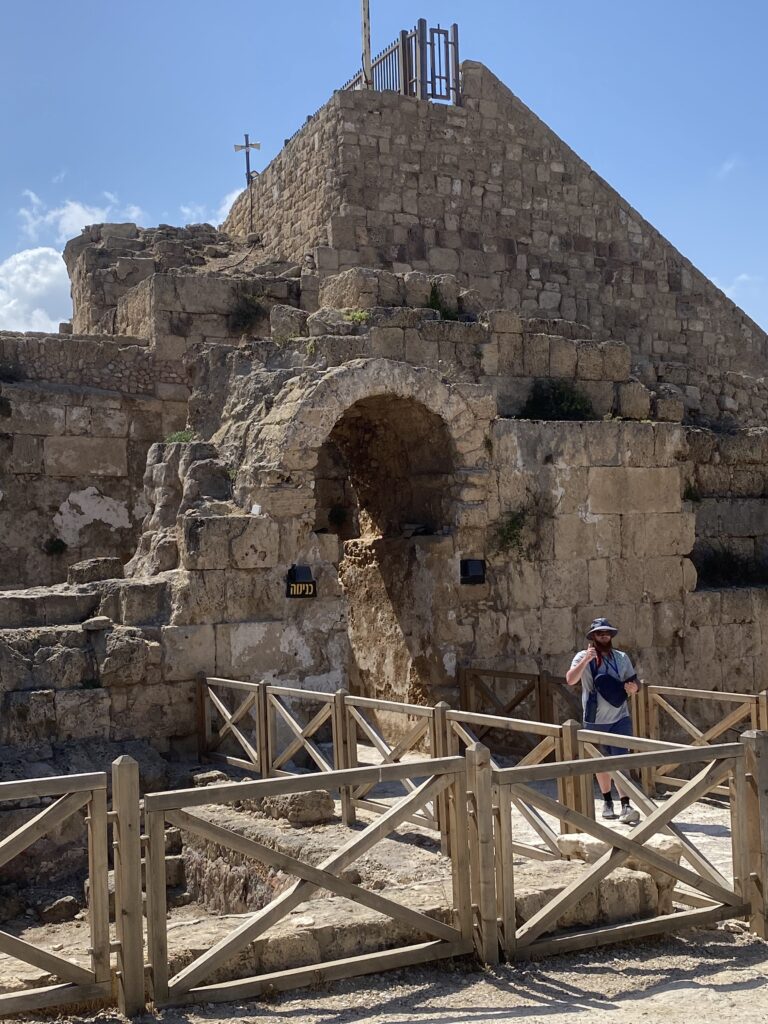
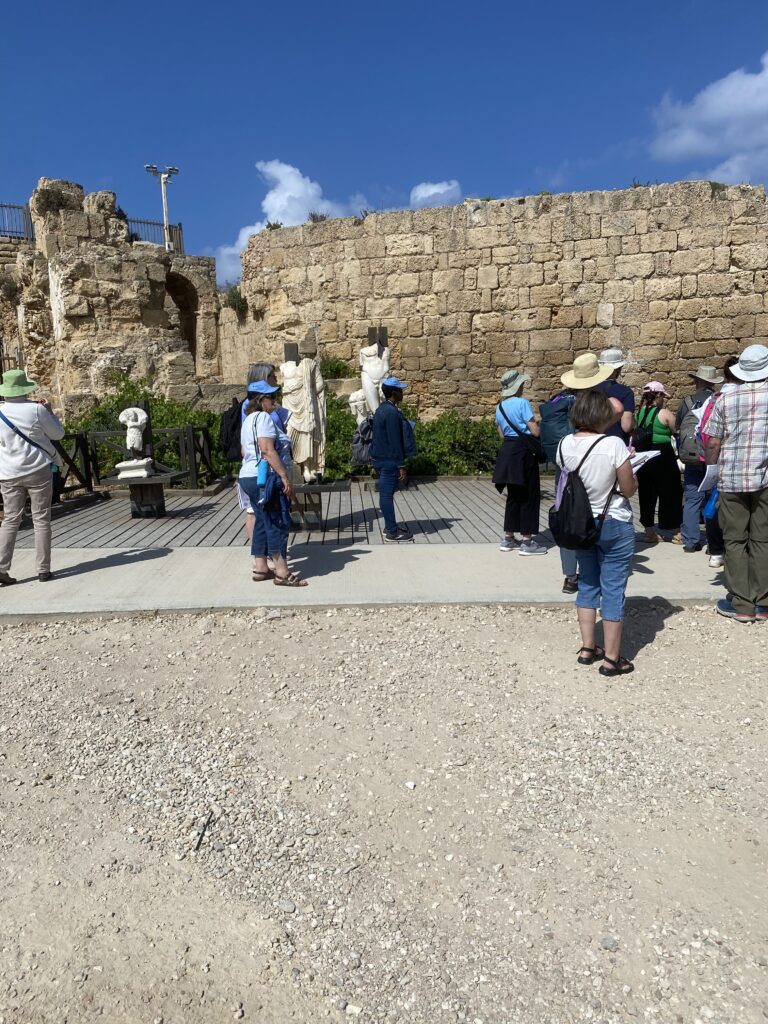
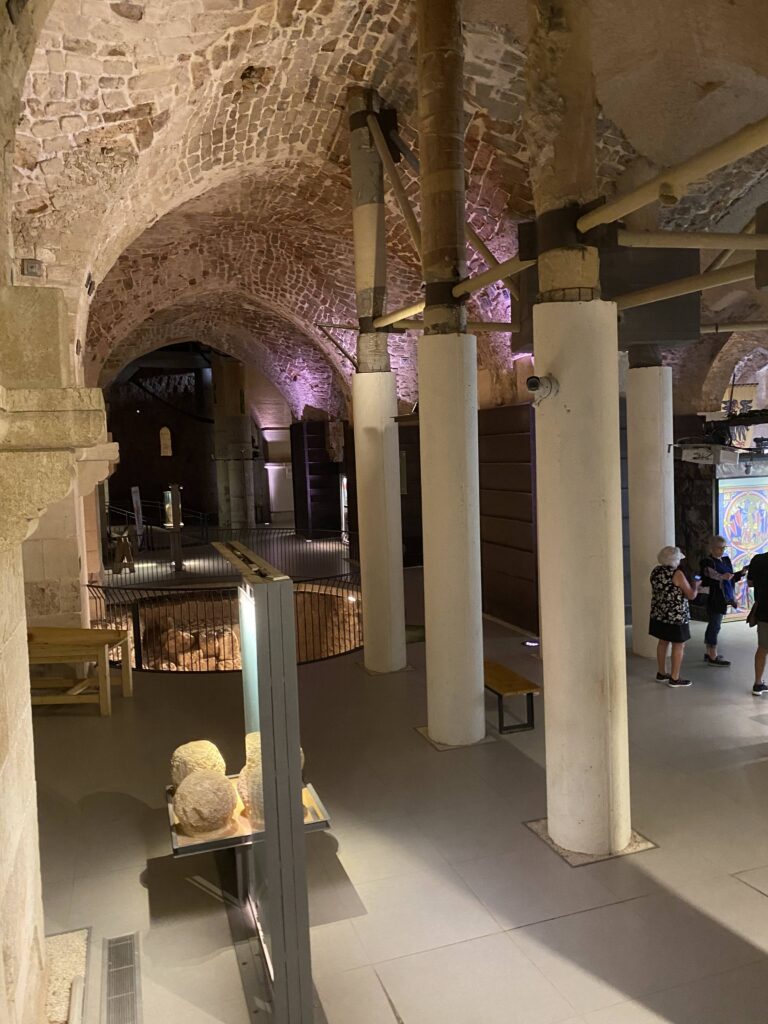
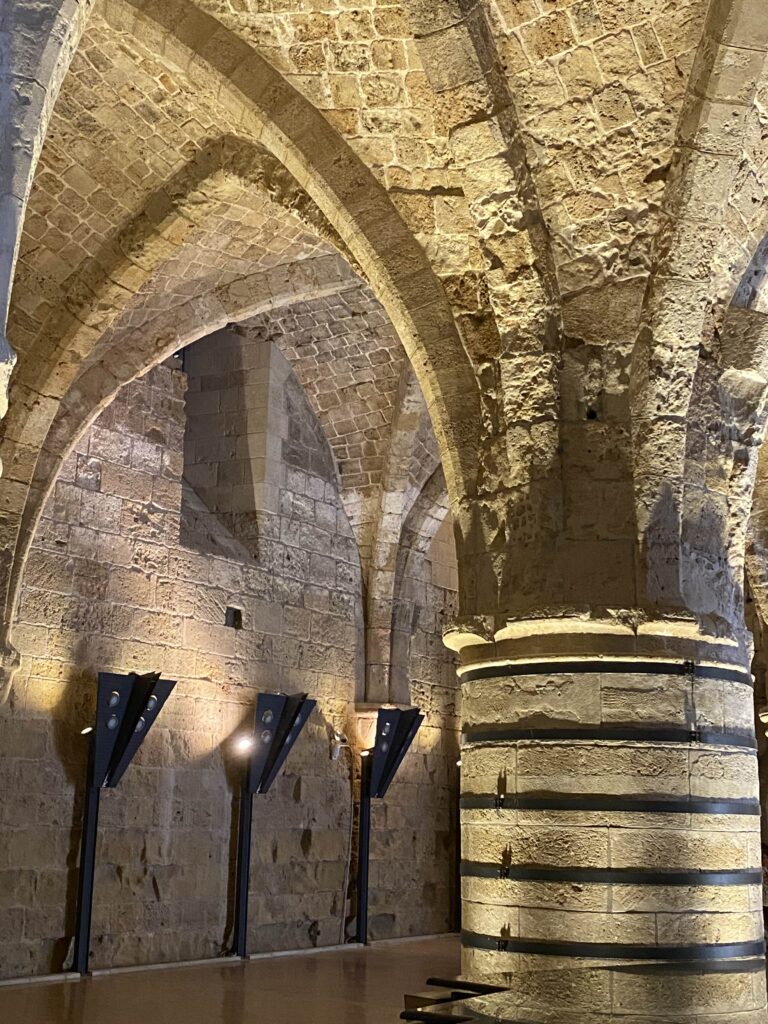
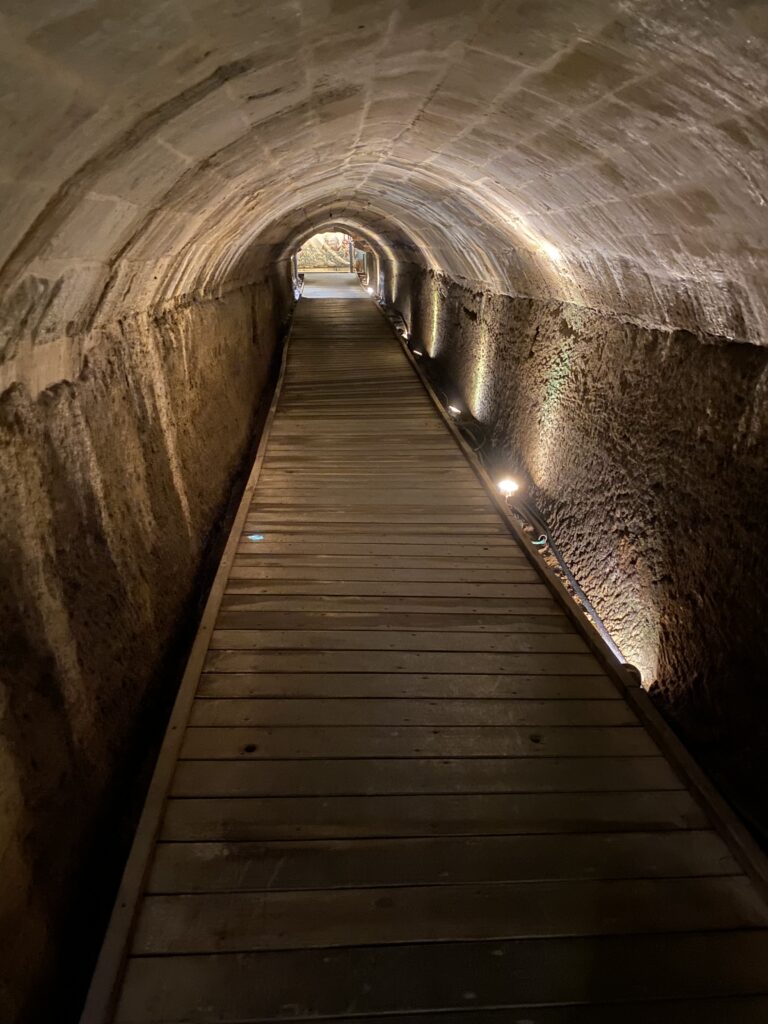
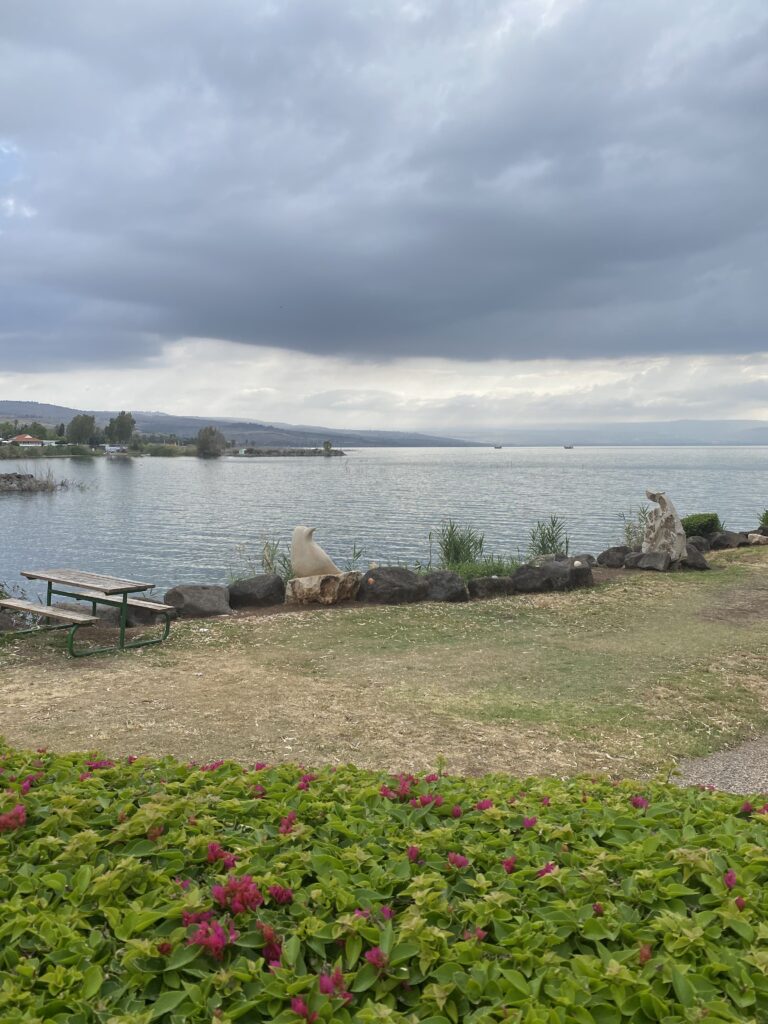
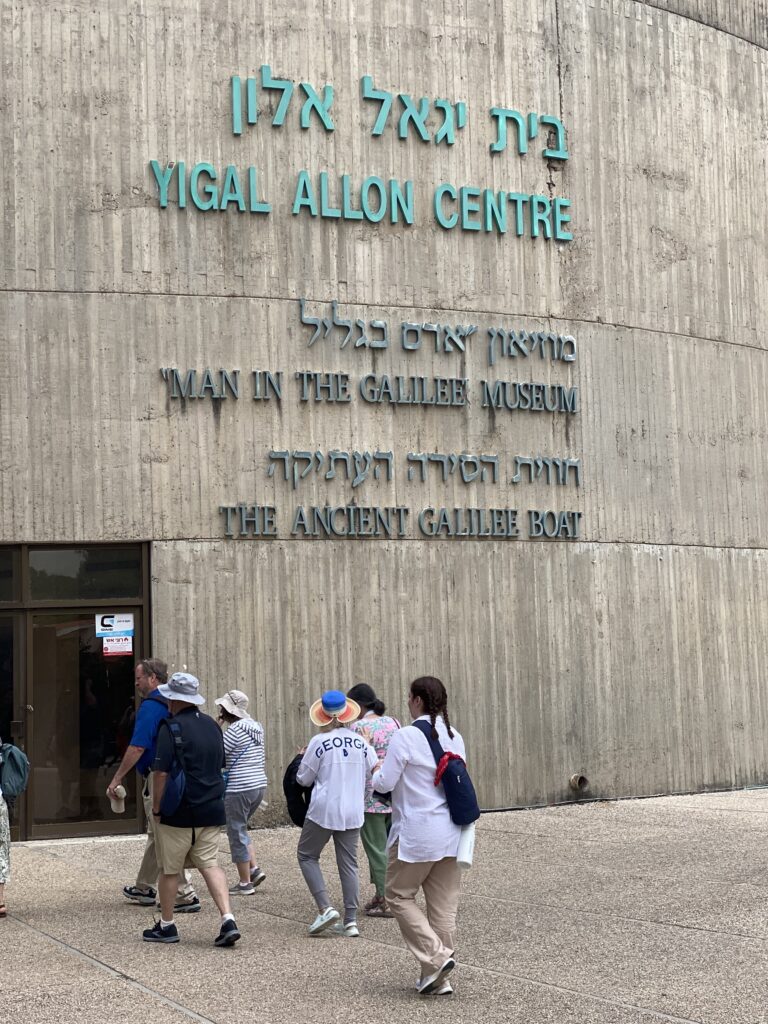
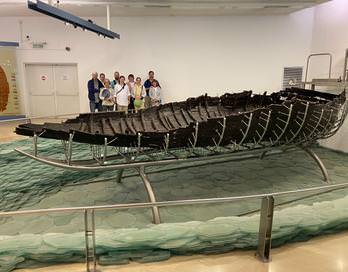
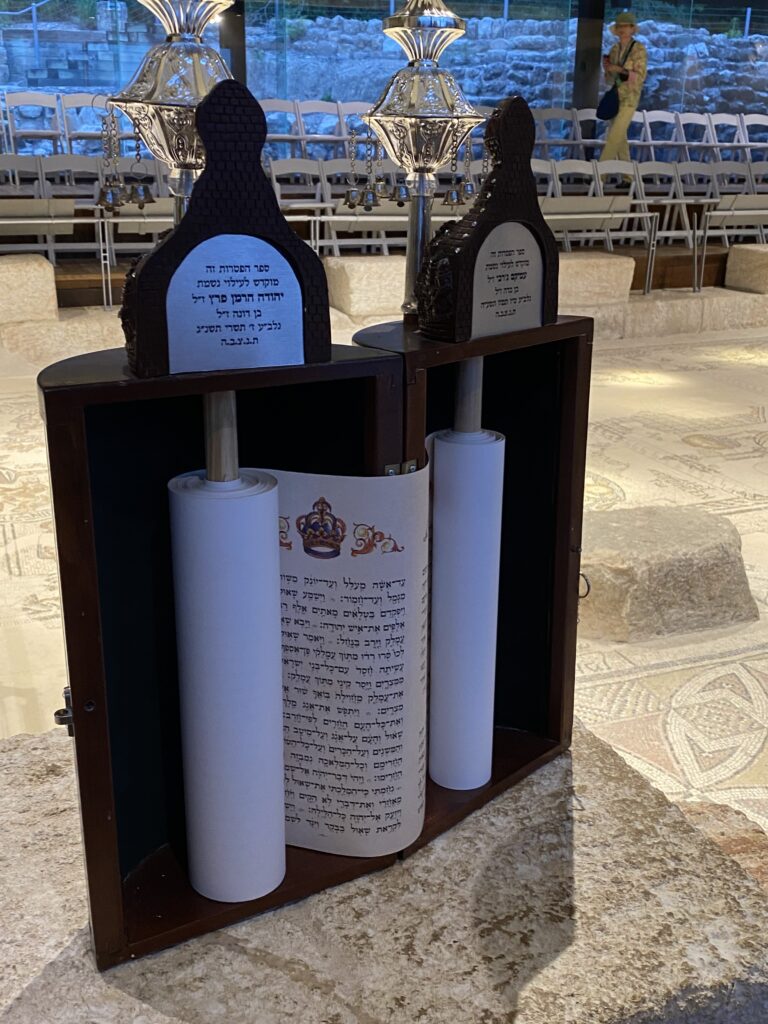
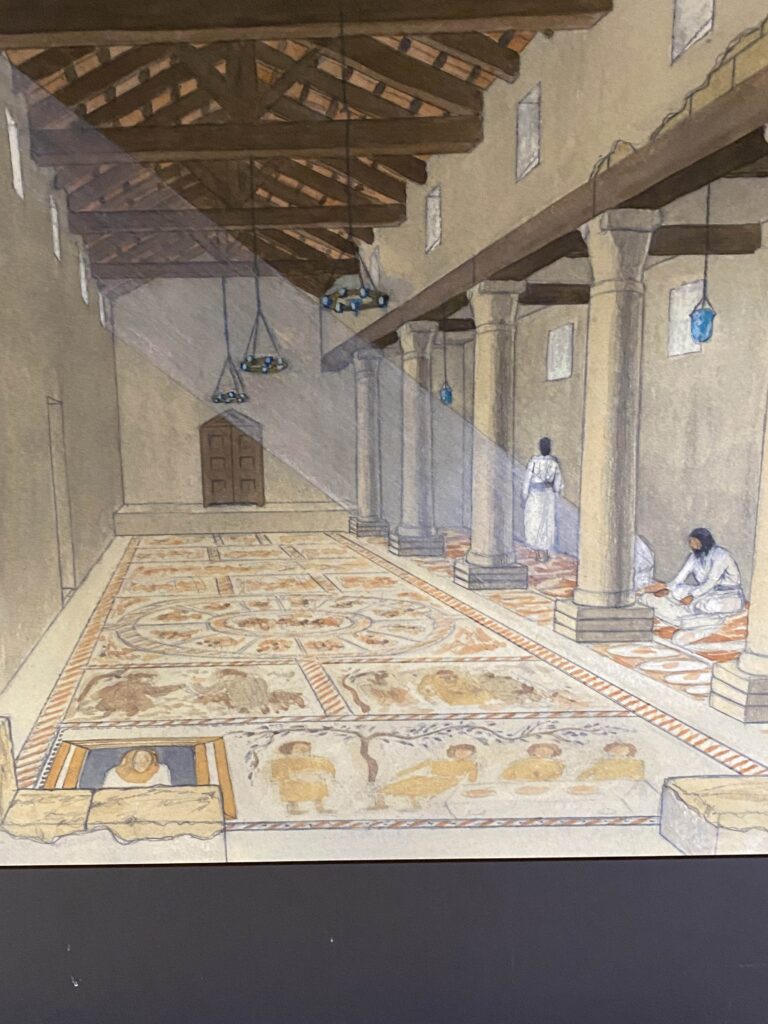
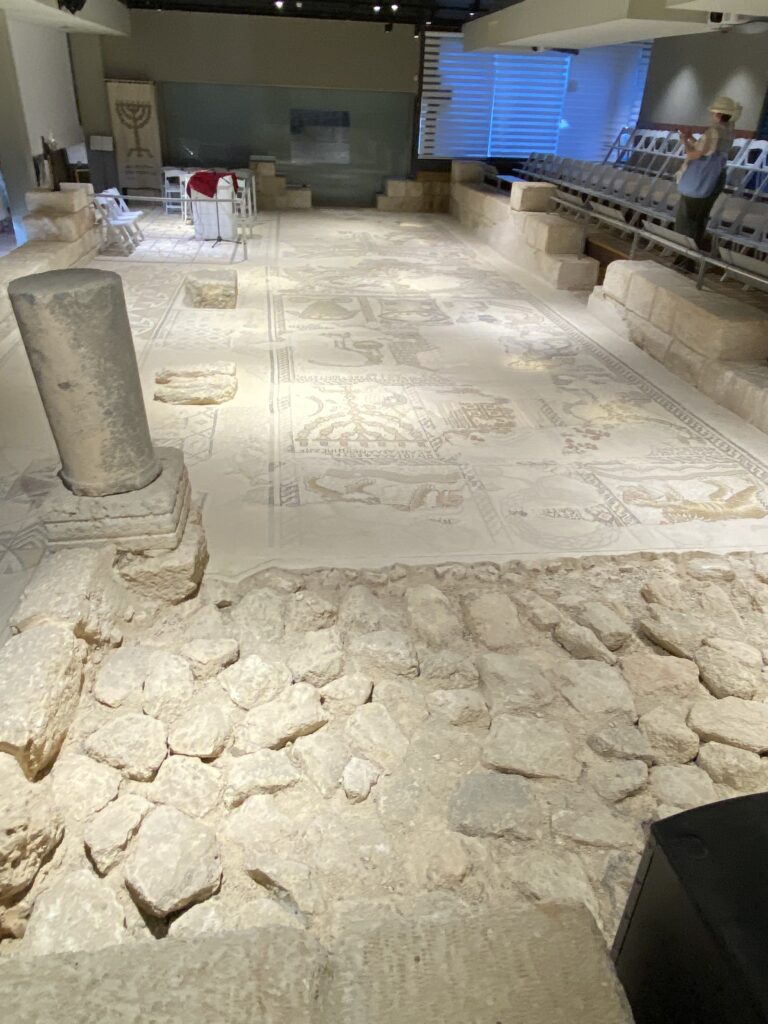
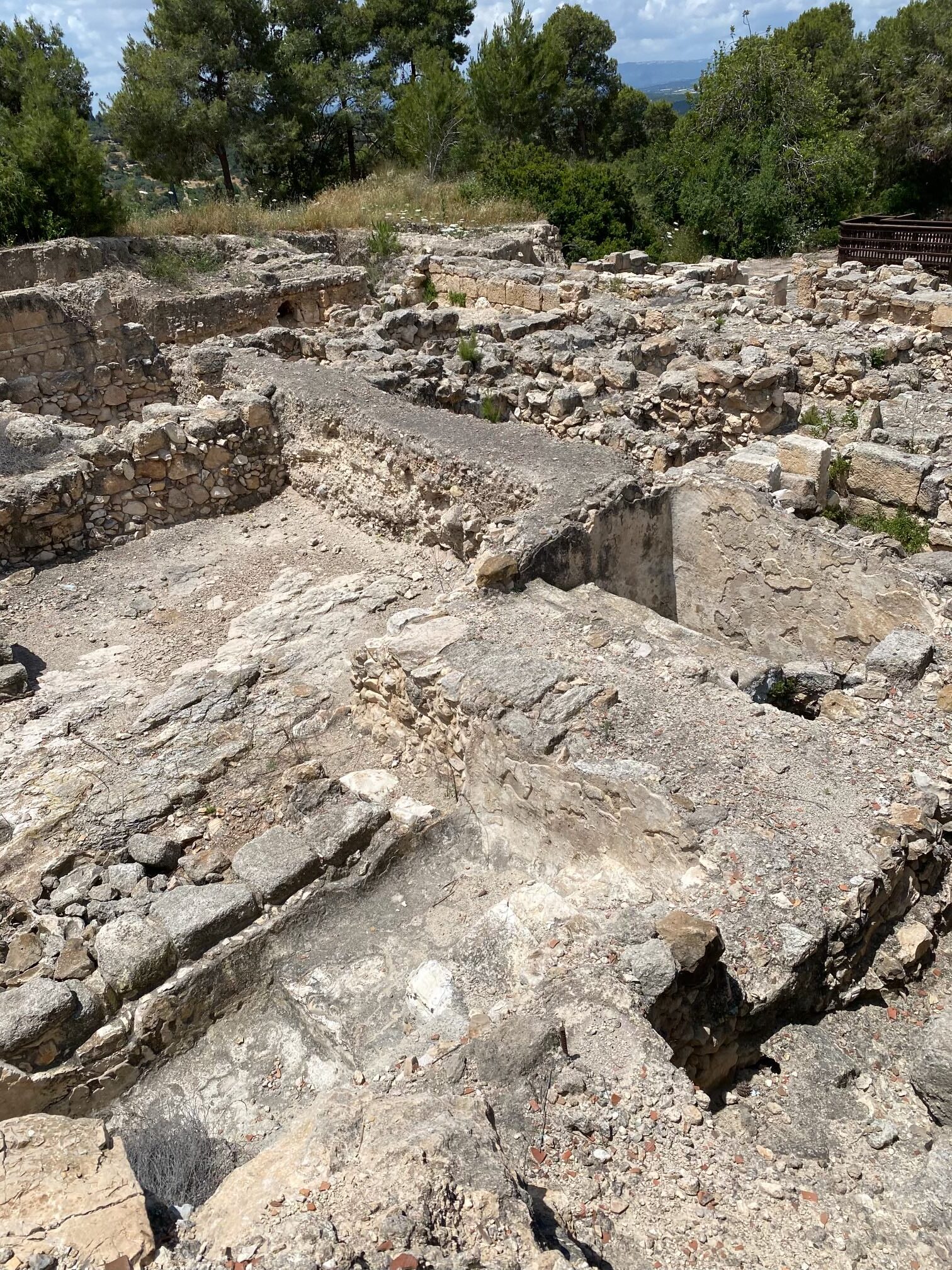
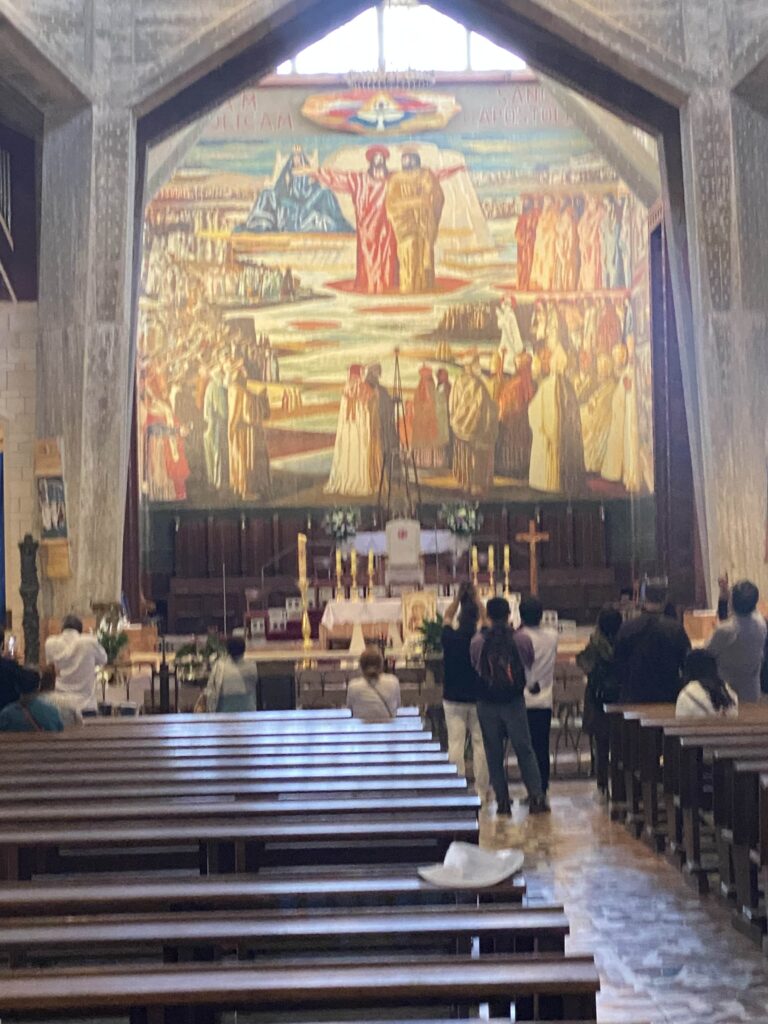
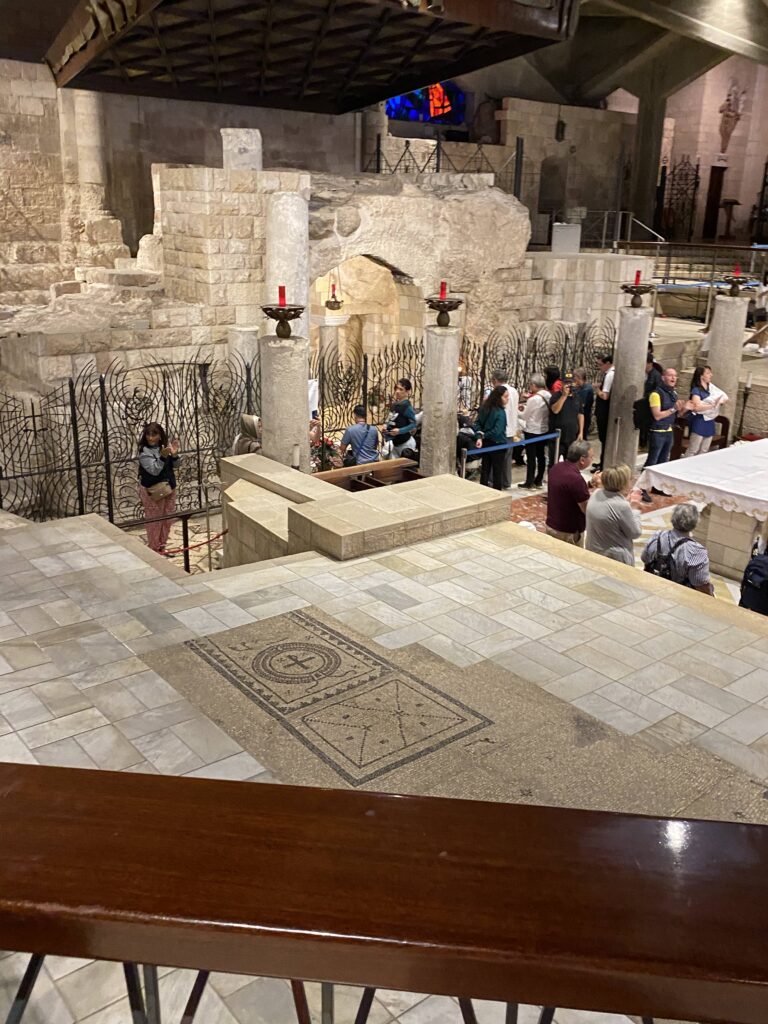

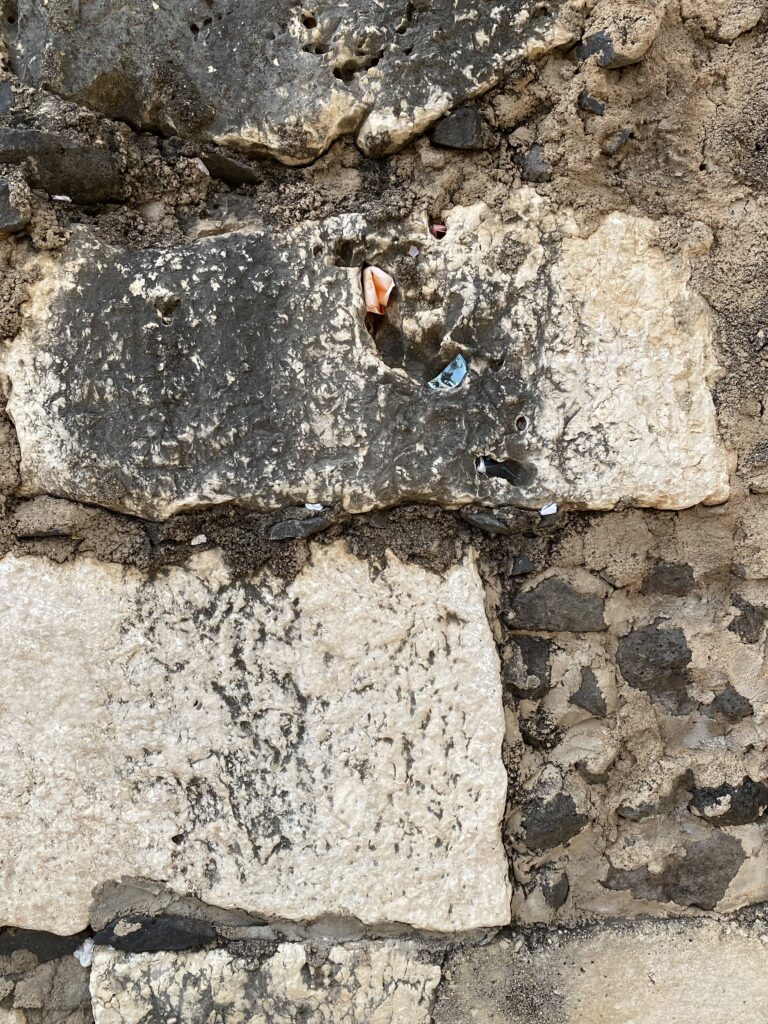
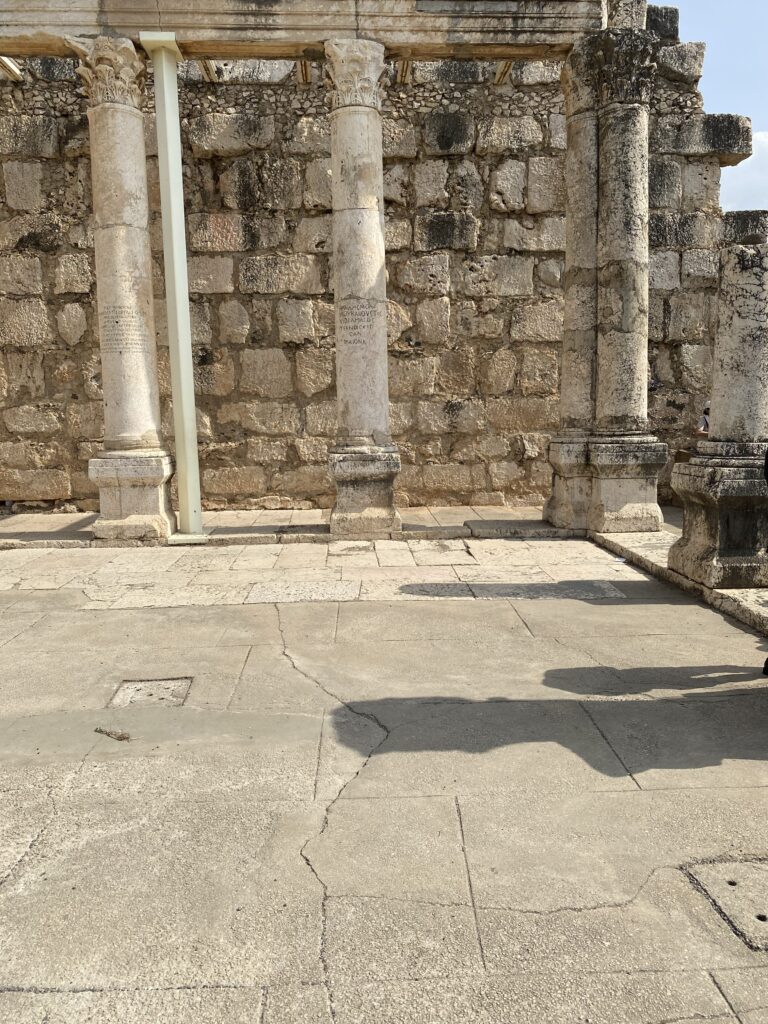
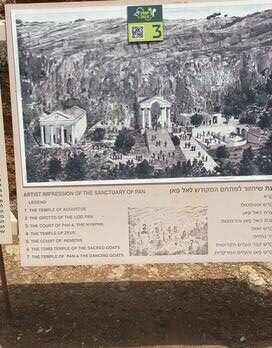
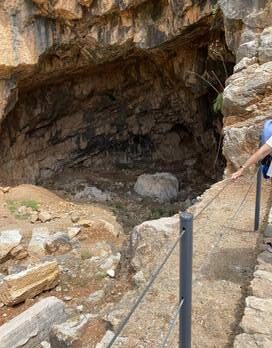
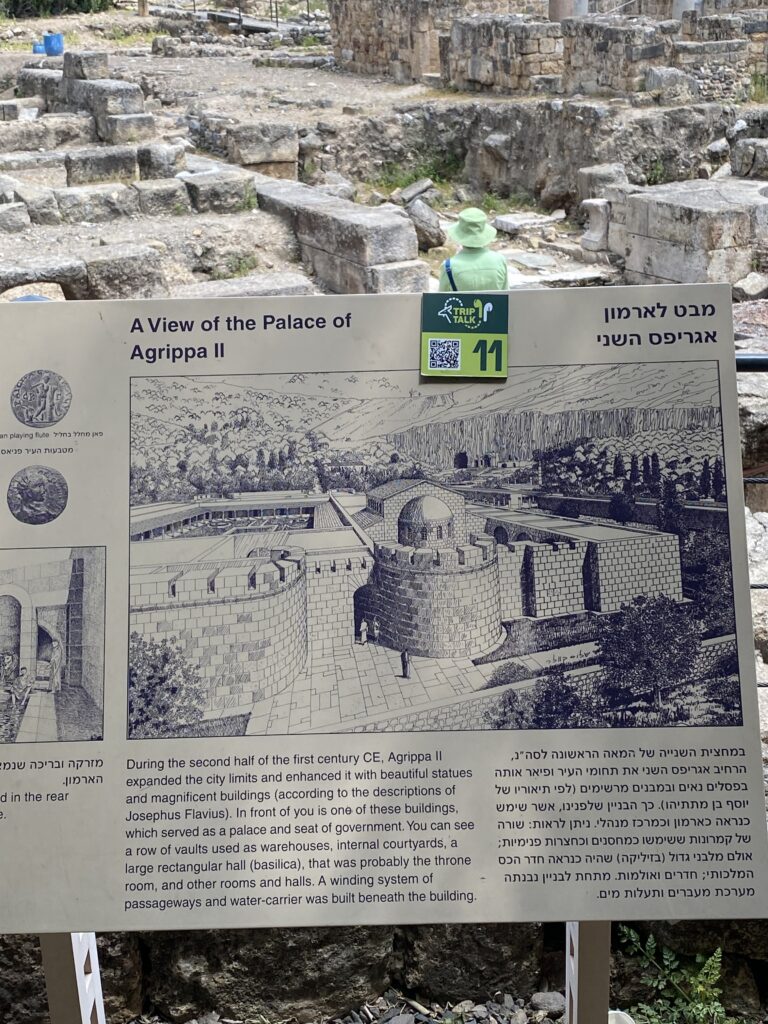
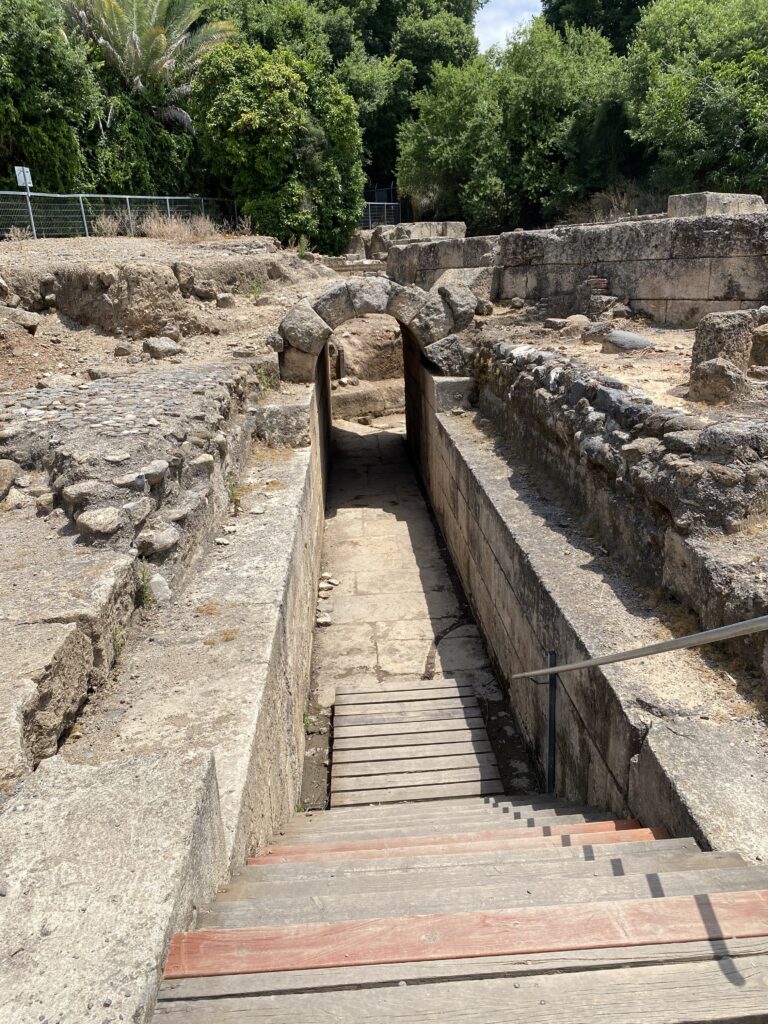
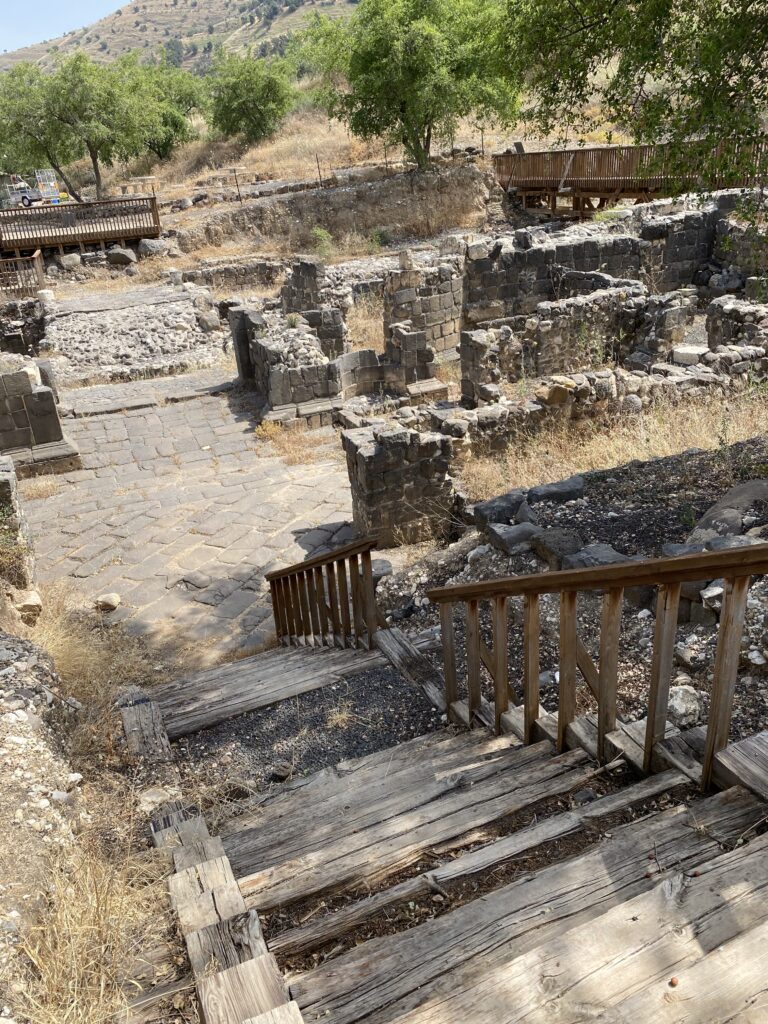
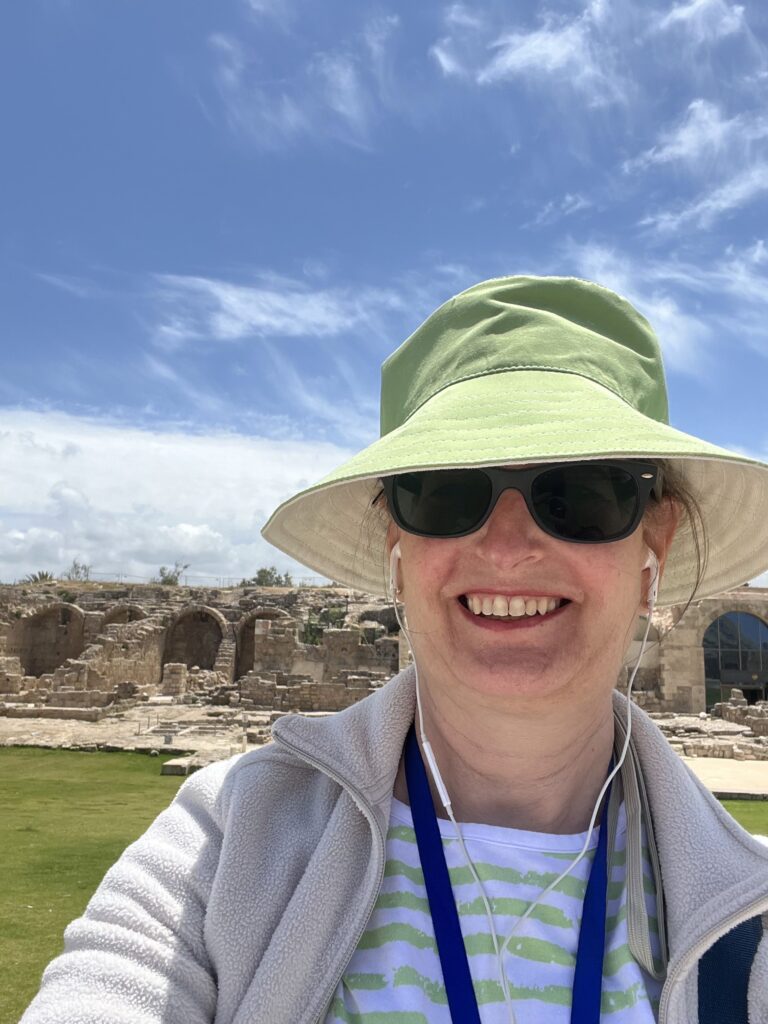
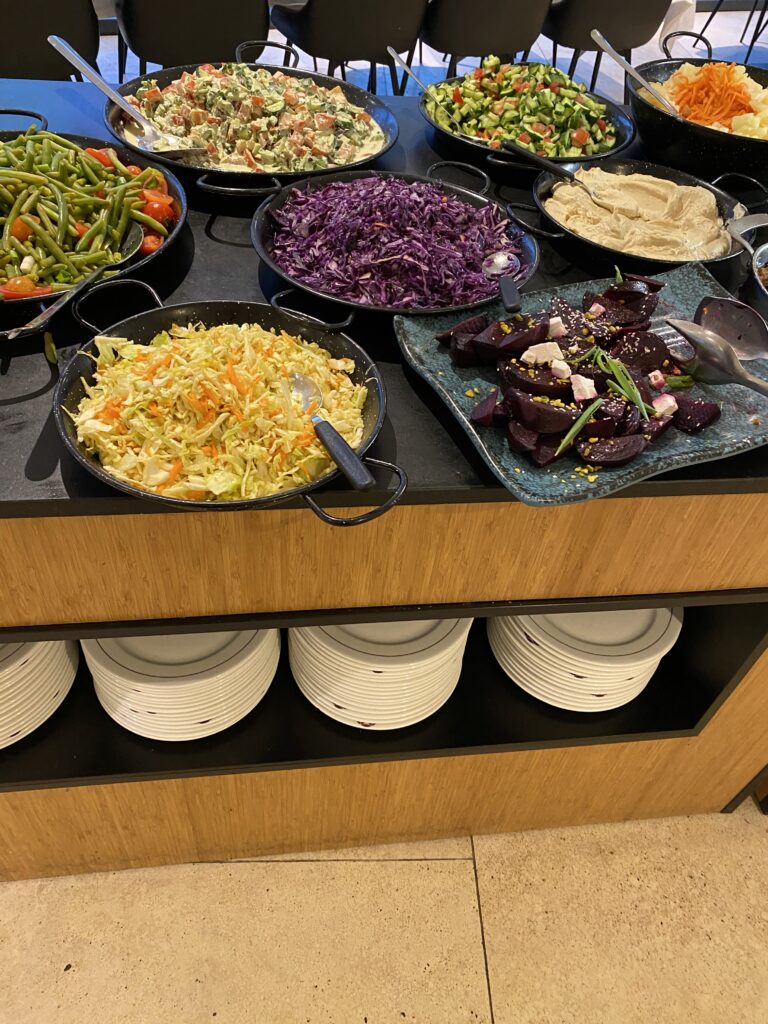
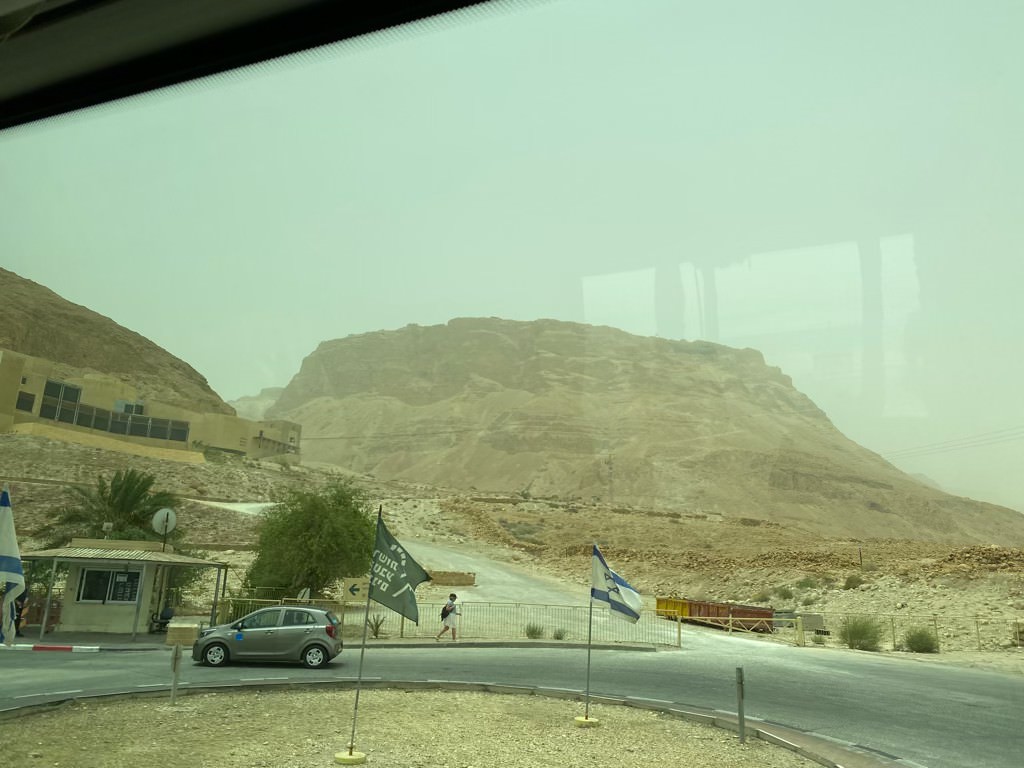
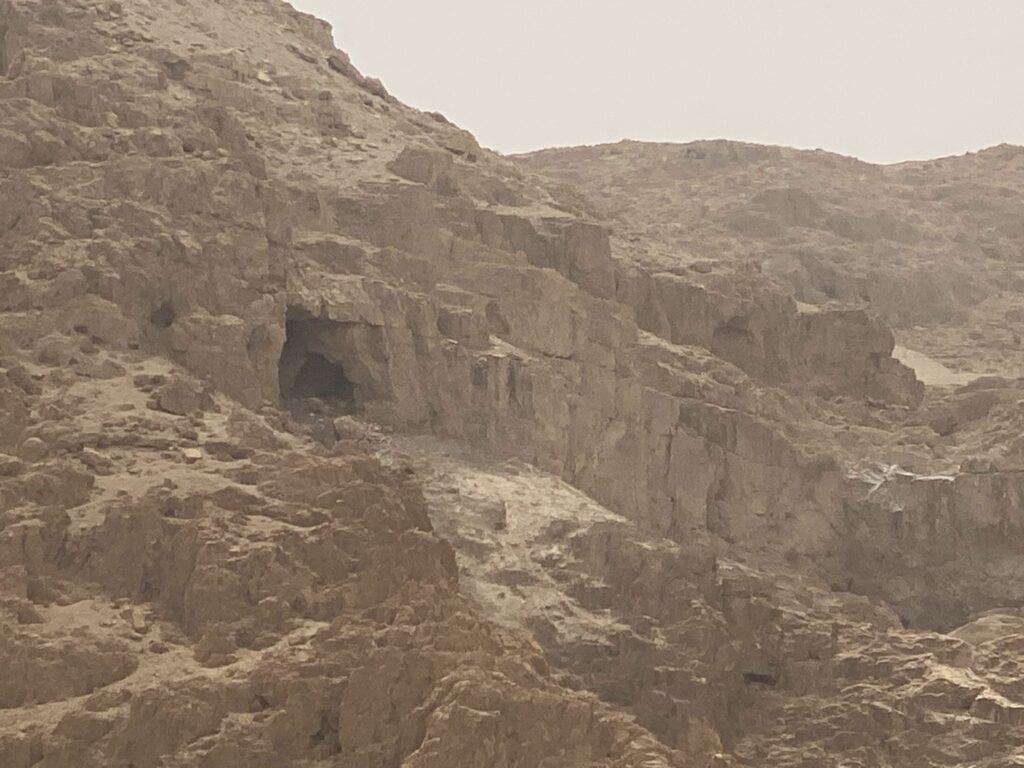
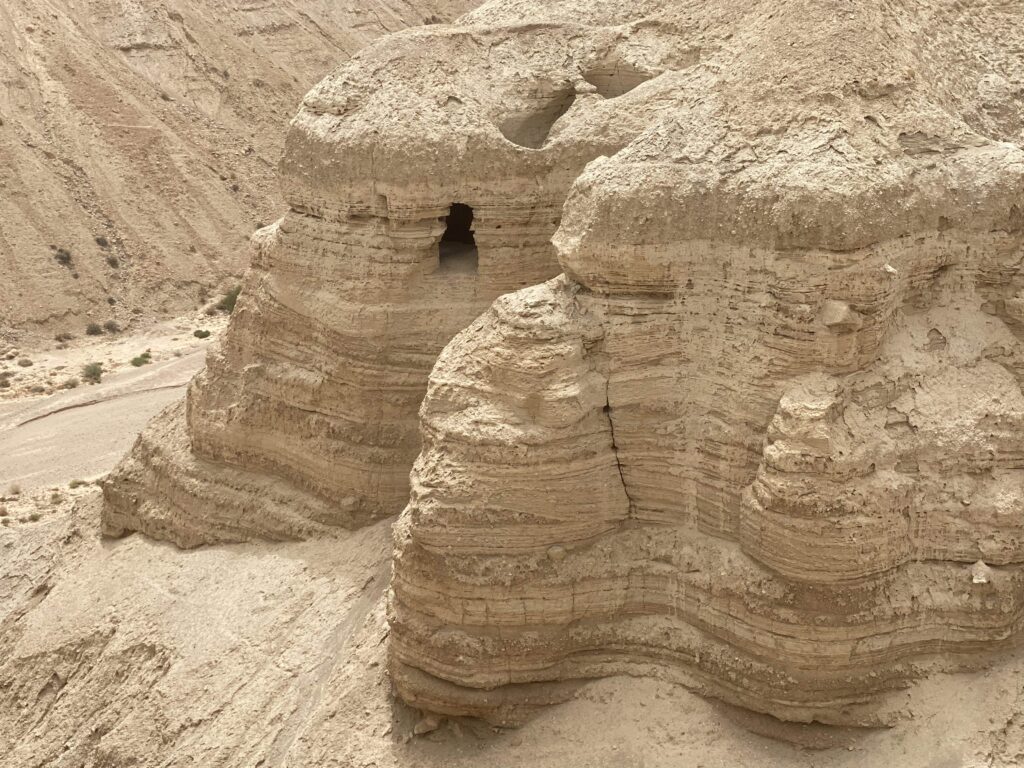
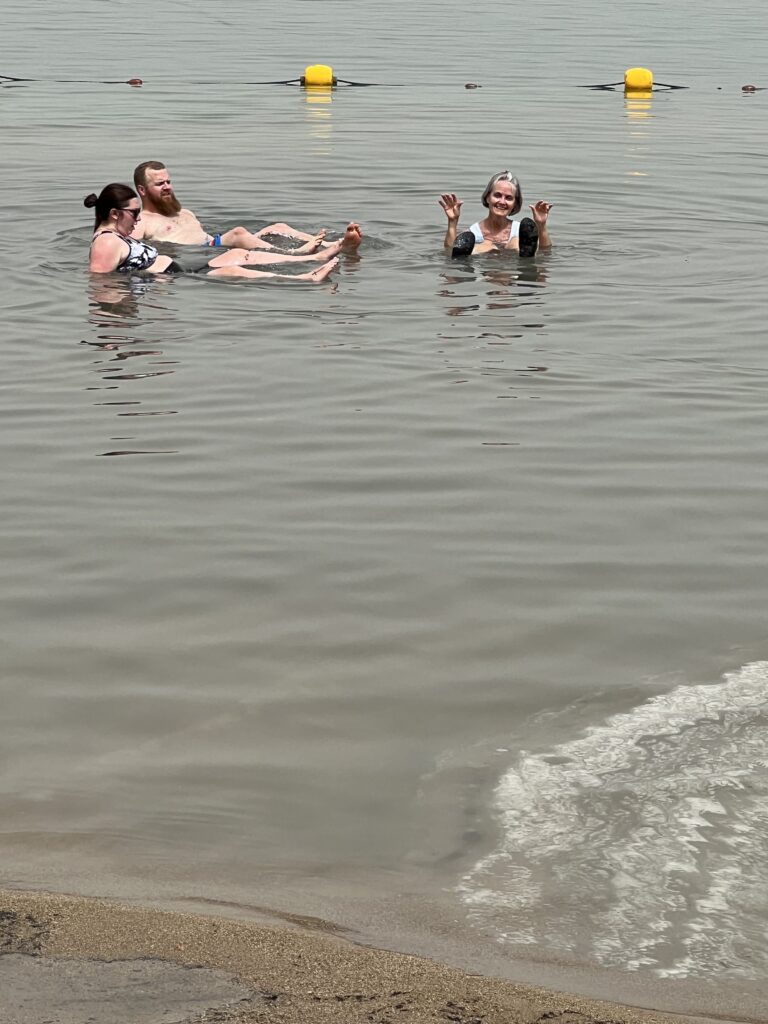
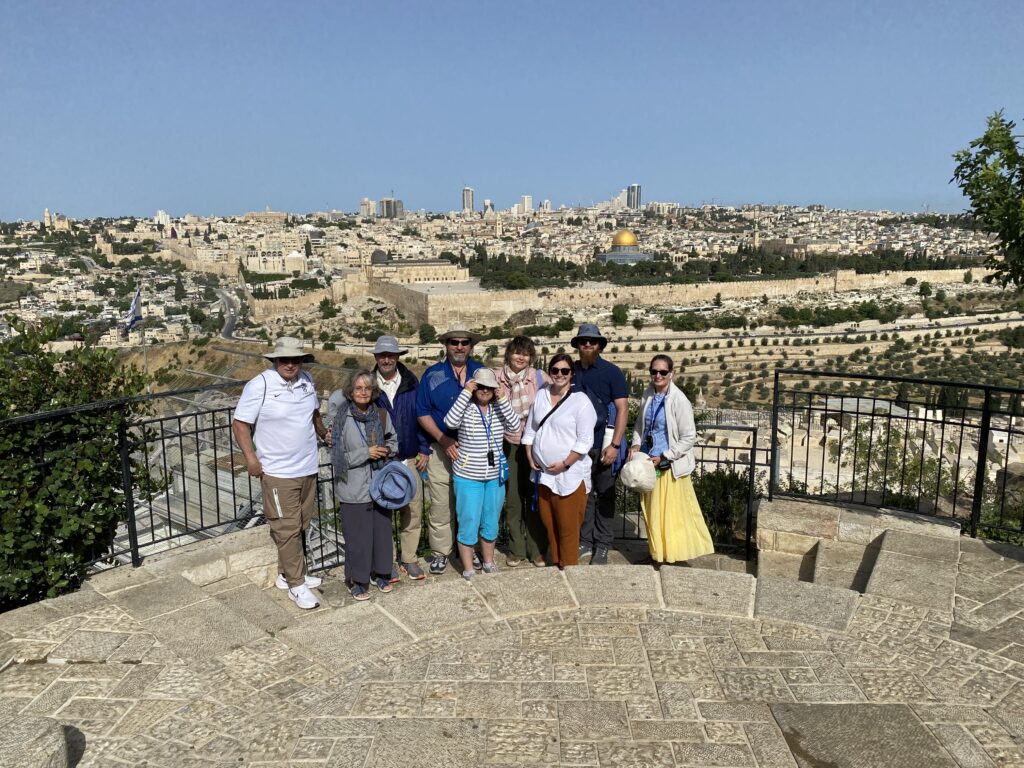 We then walked down to the Garden of Gethsemane. There was truly a Holy and spiritual feeling here!
We then walked down to the Garden of Gethsemane. There was truly a Holy and spiritual feeling here!
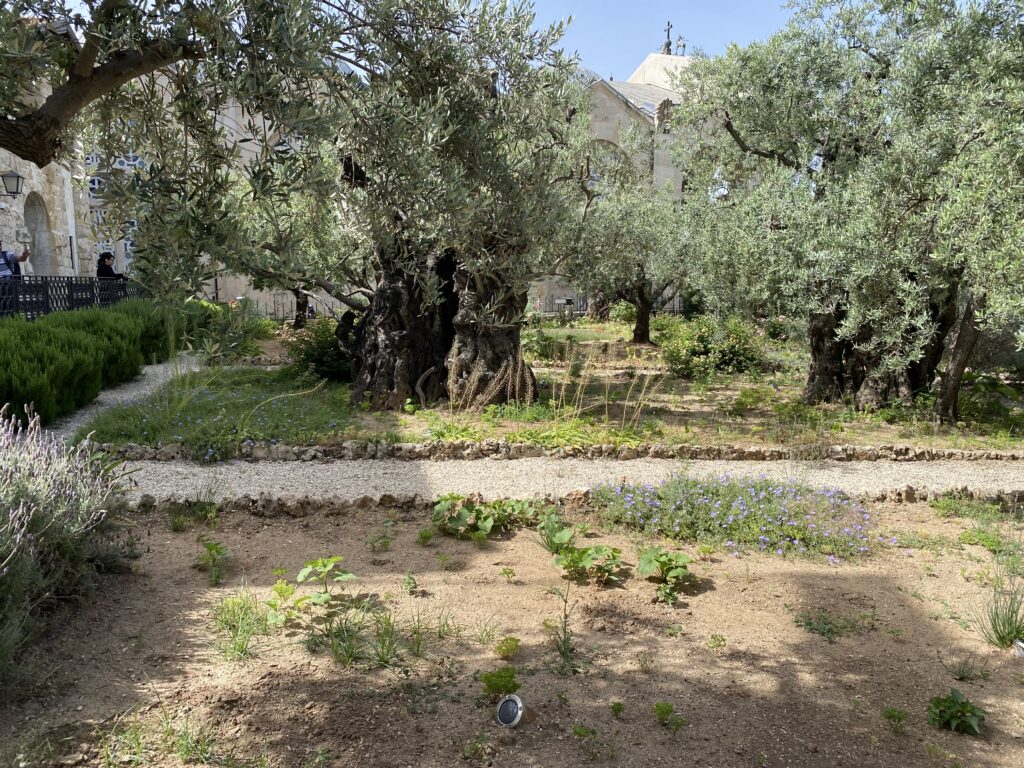
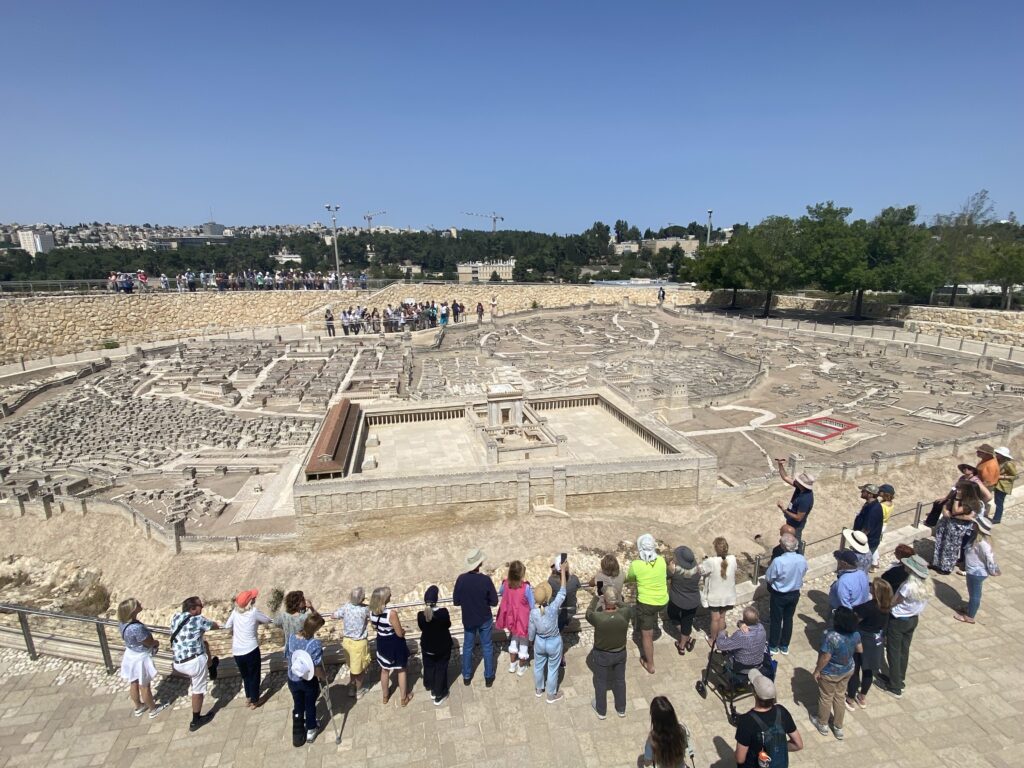
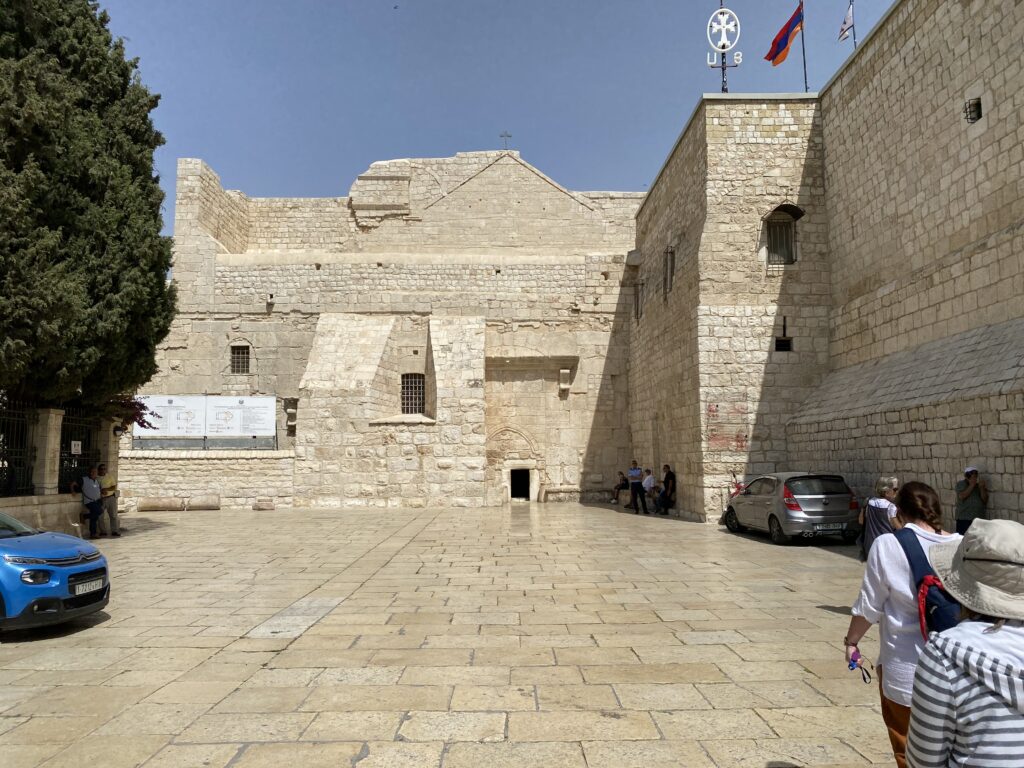
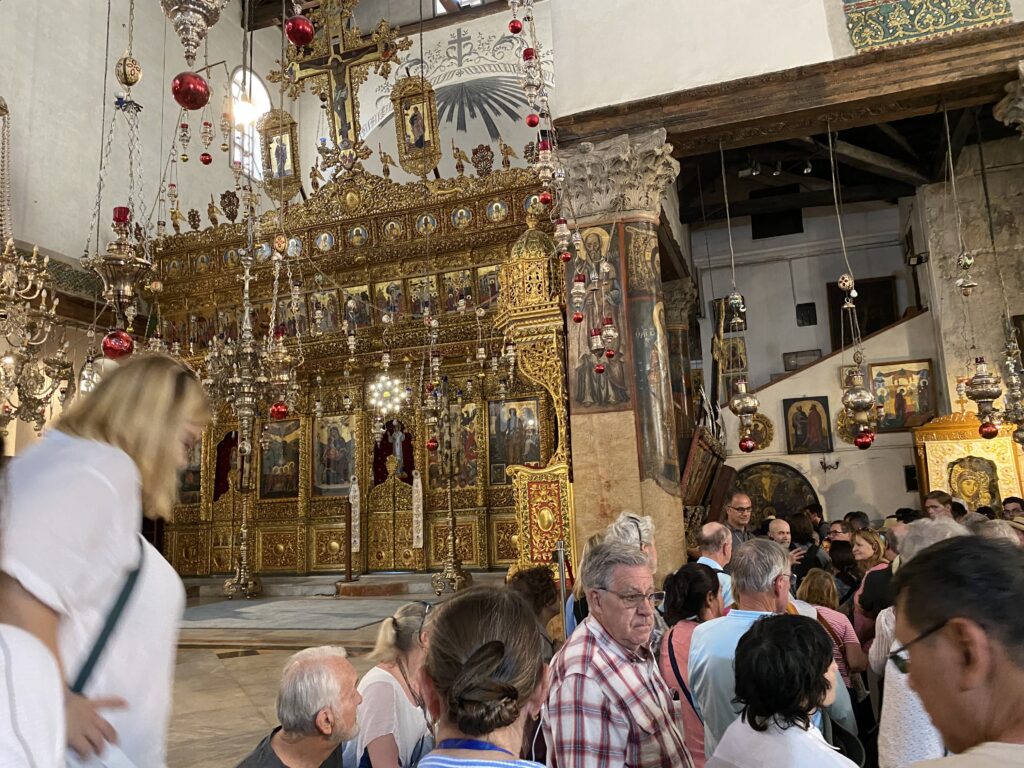
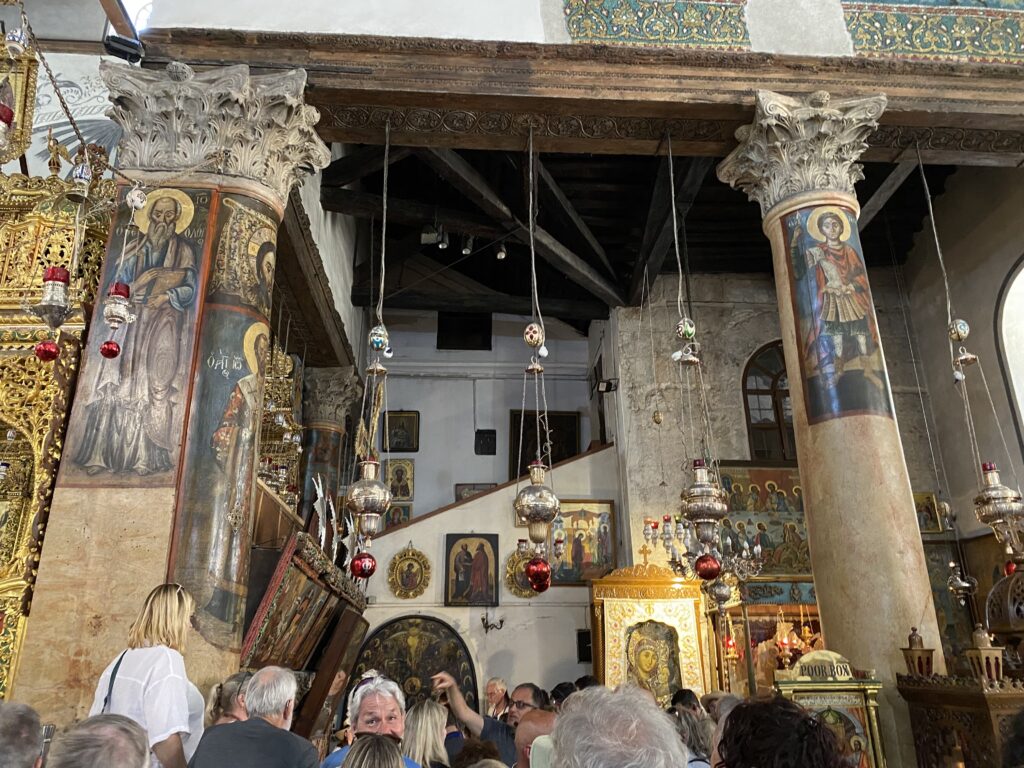
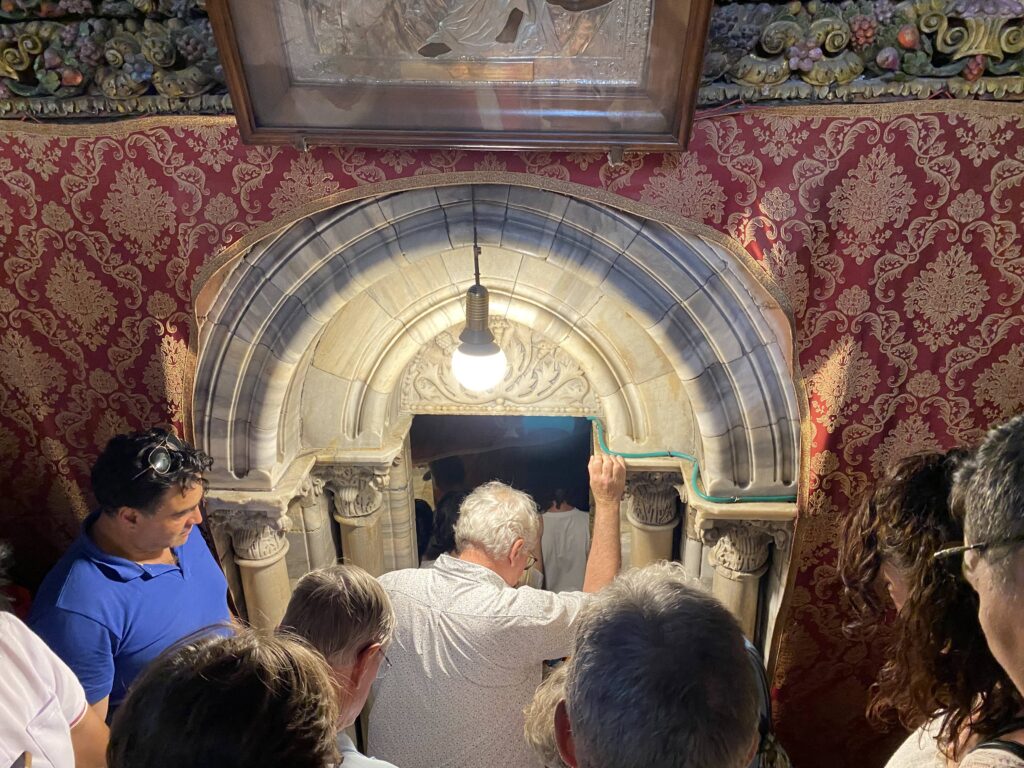
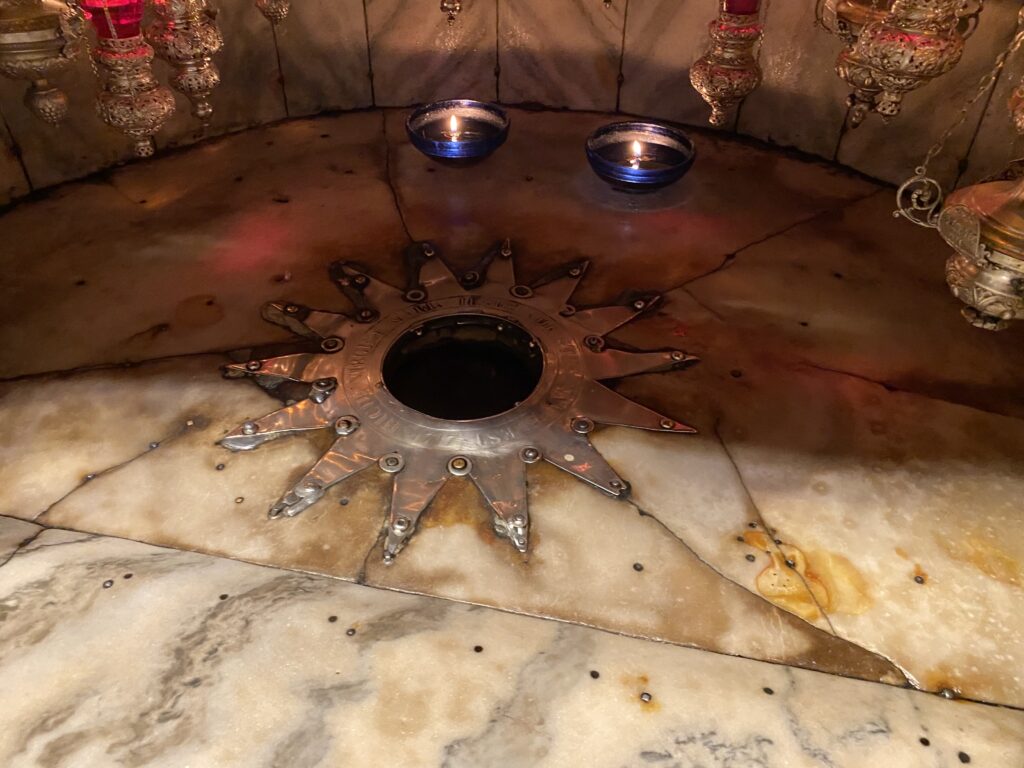
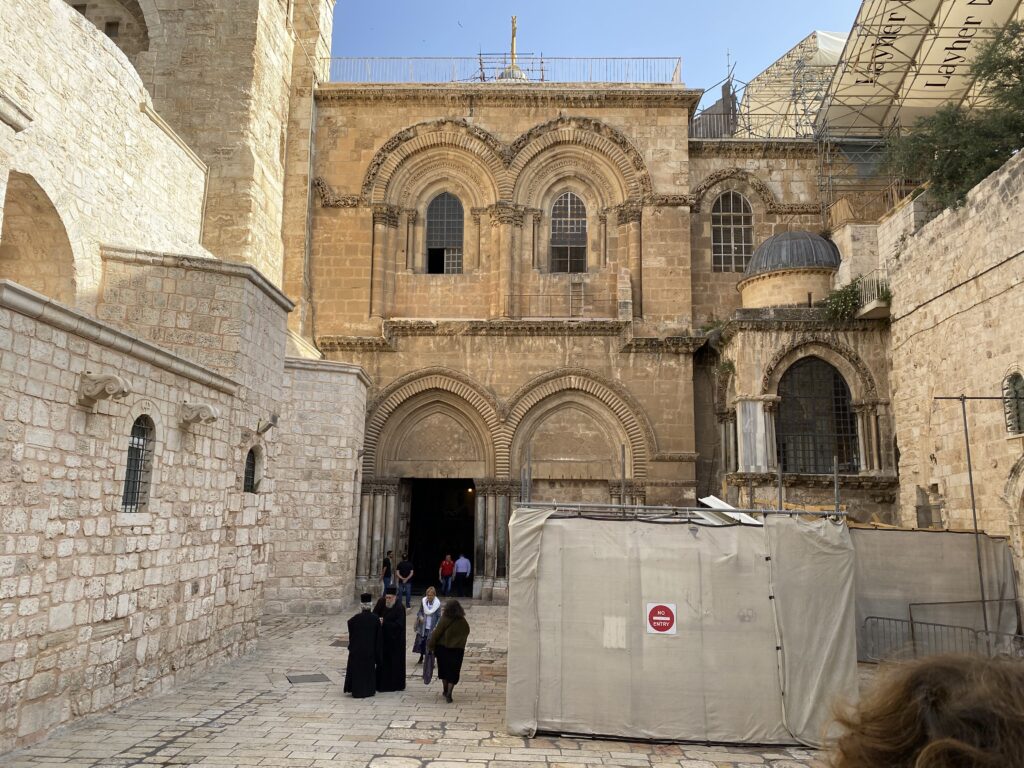
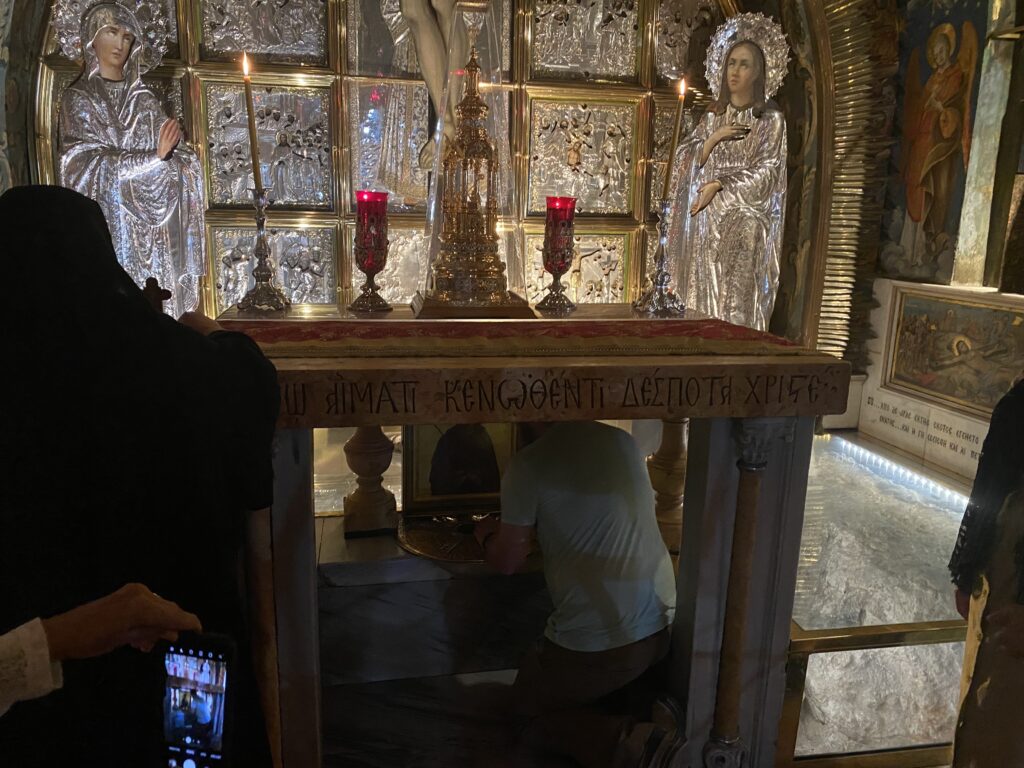
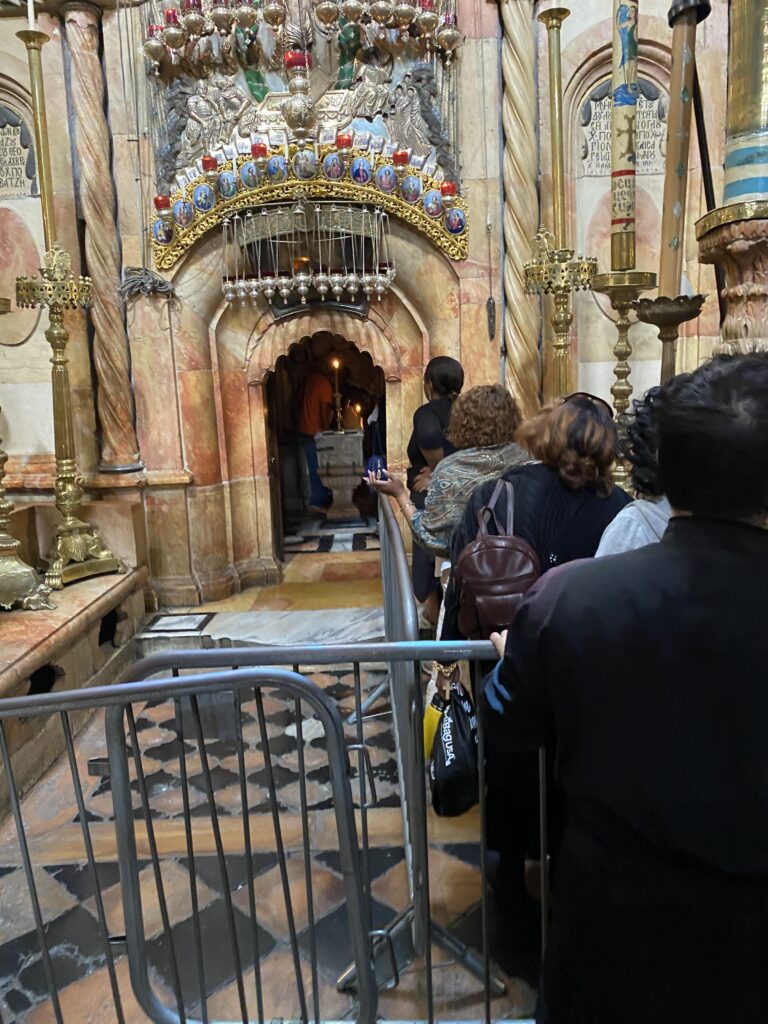
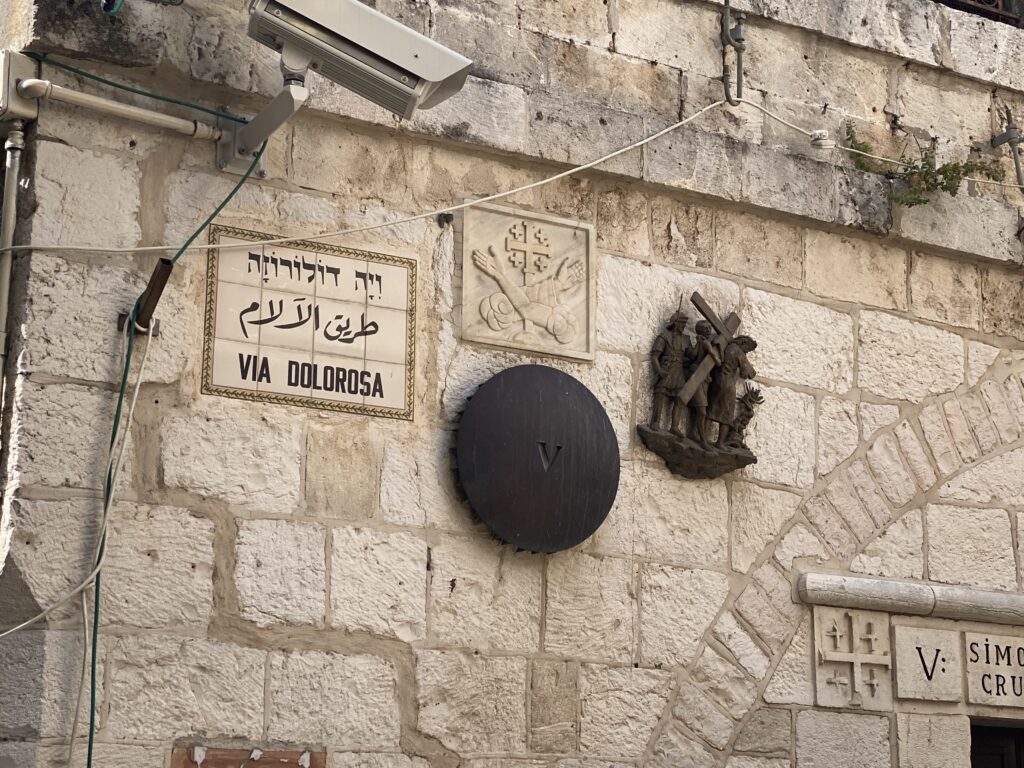
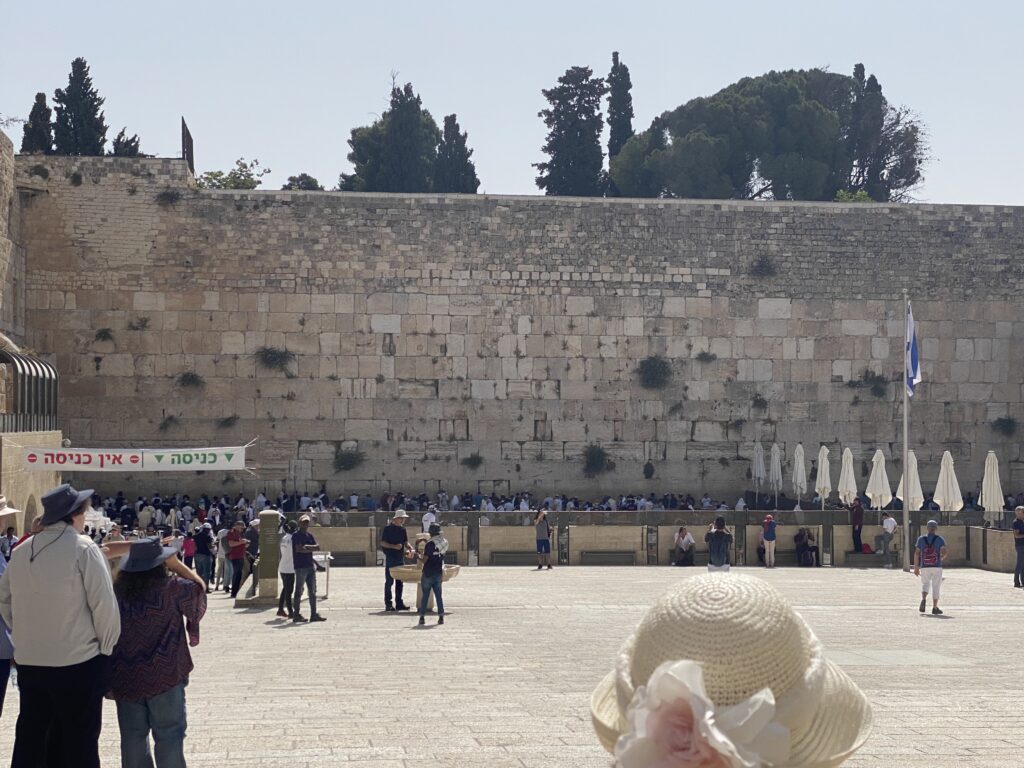
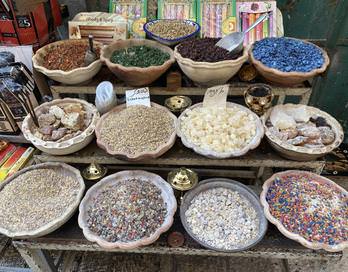
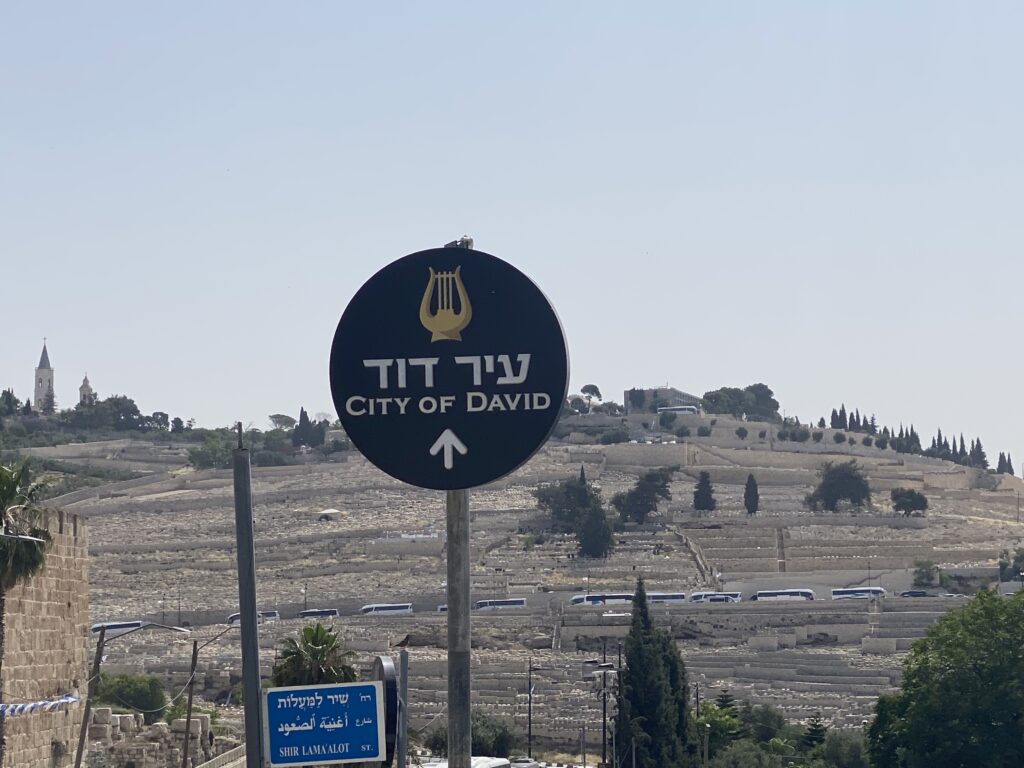
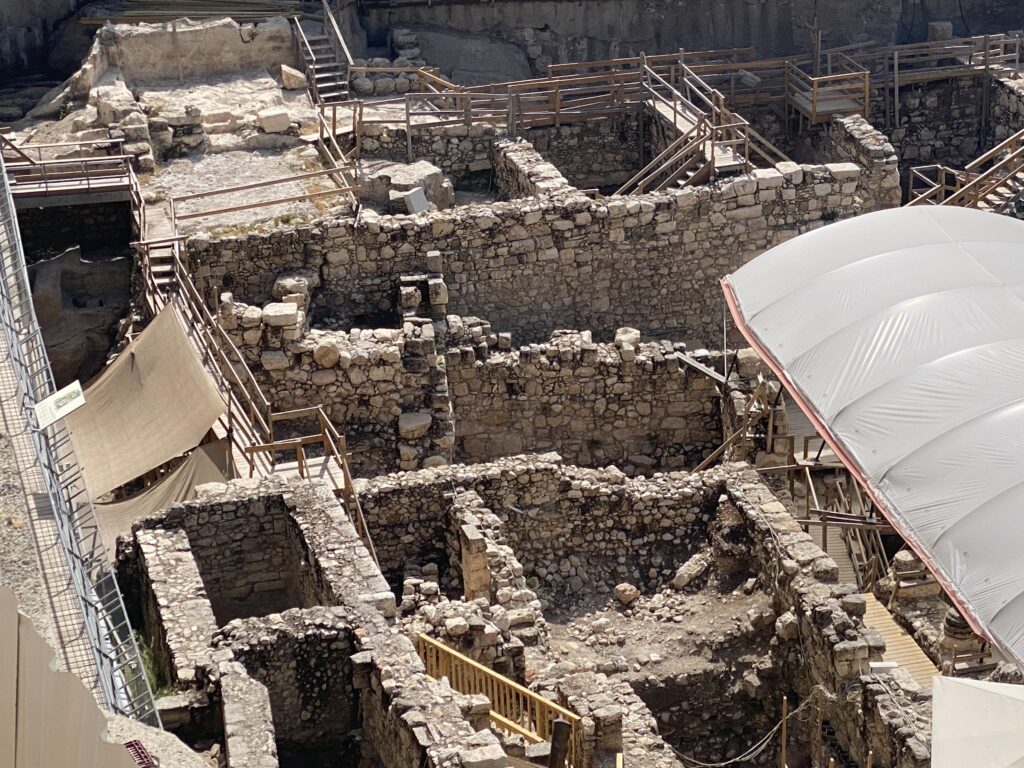
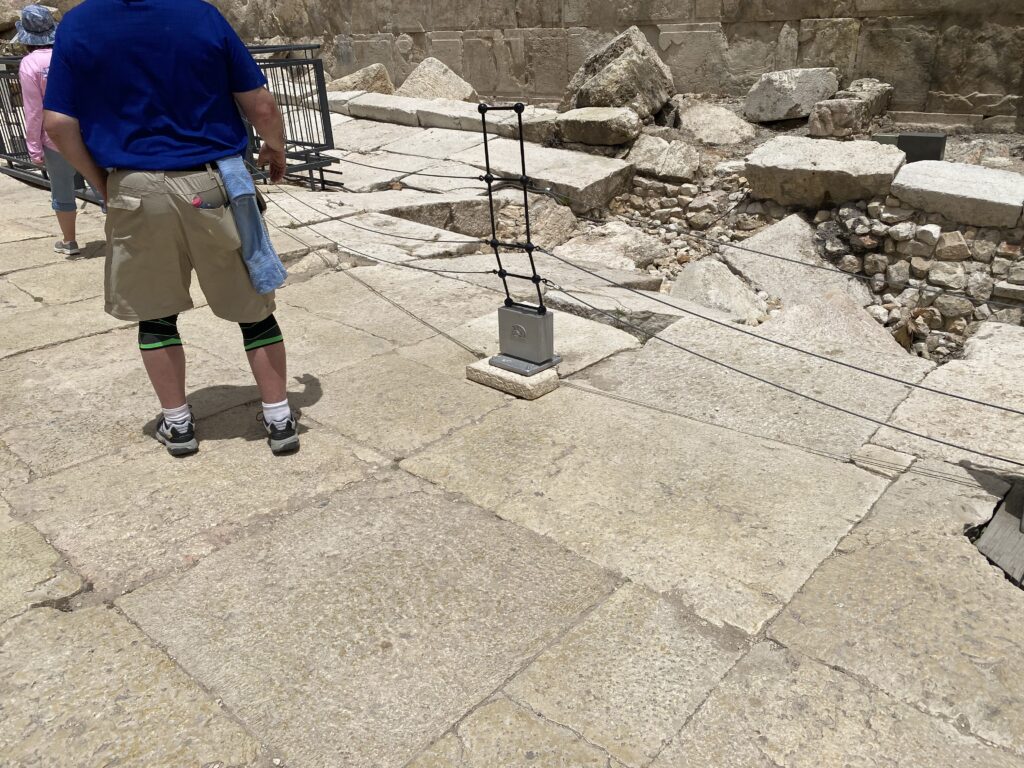
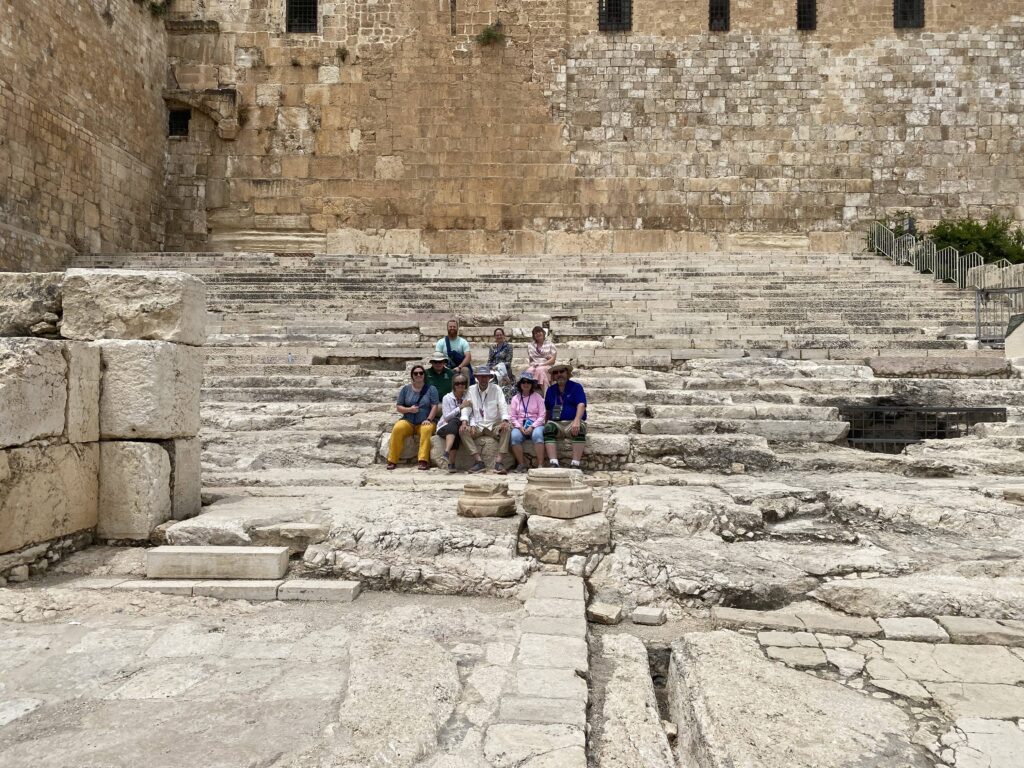
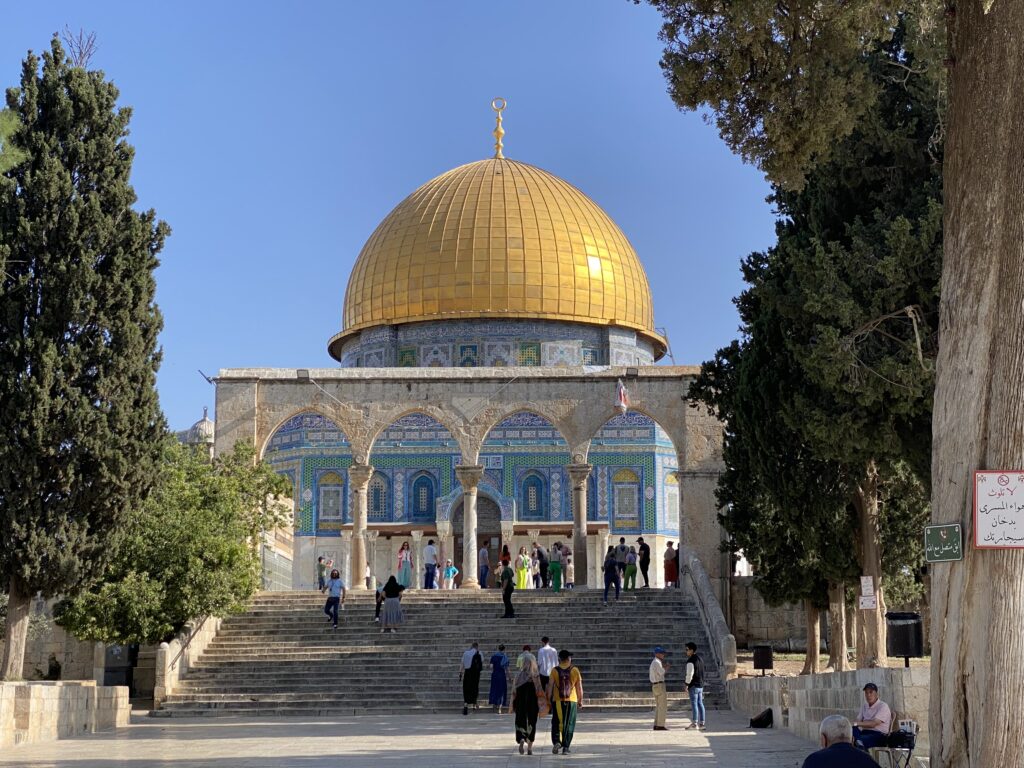
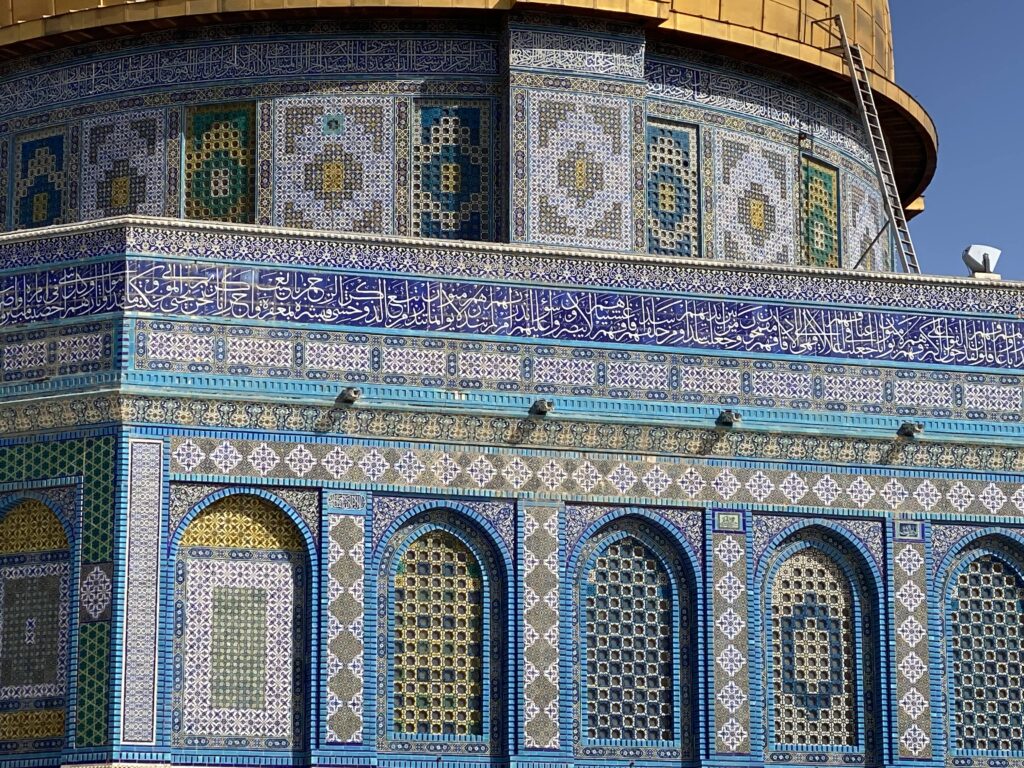
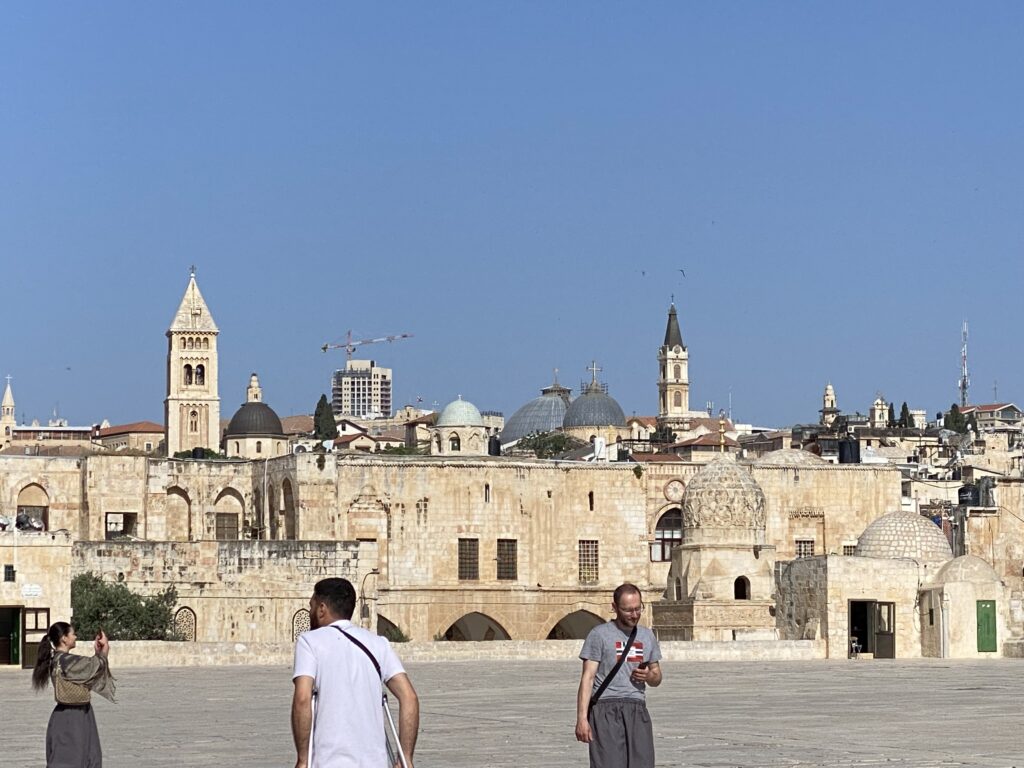
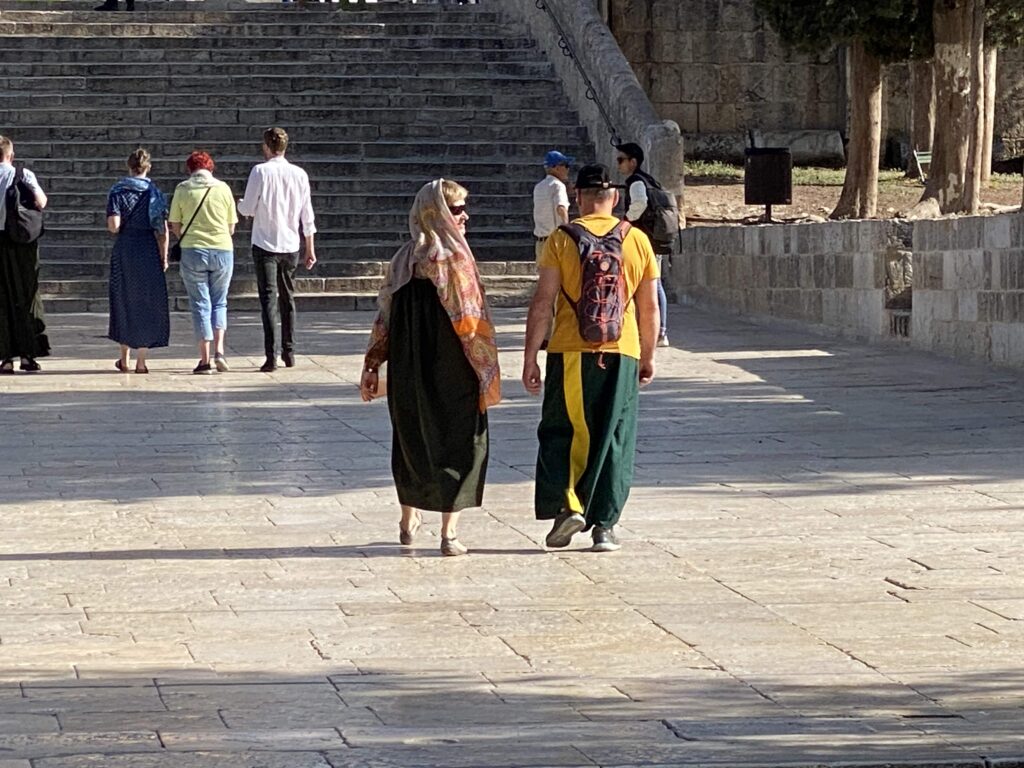
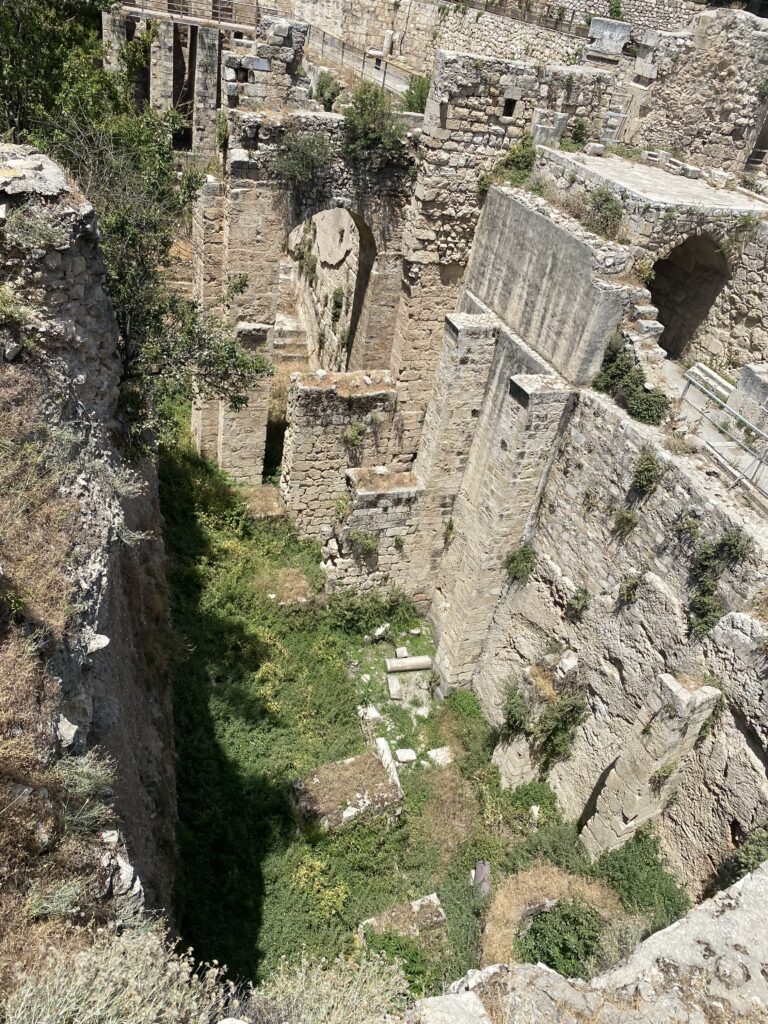
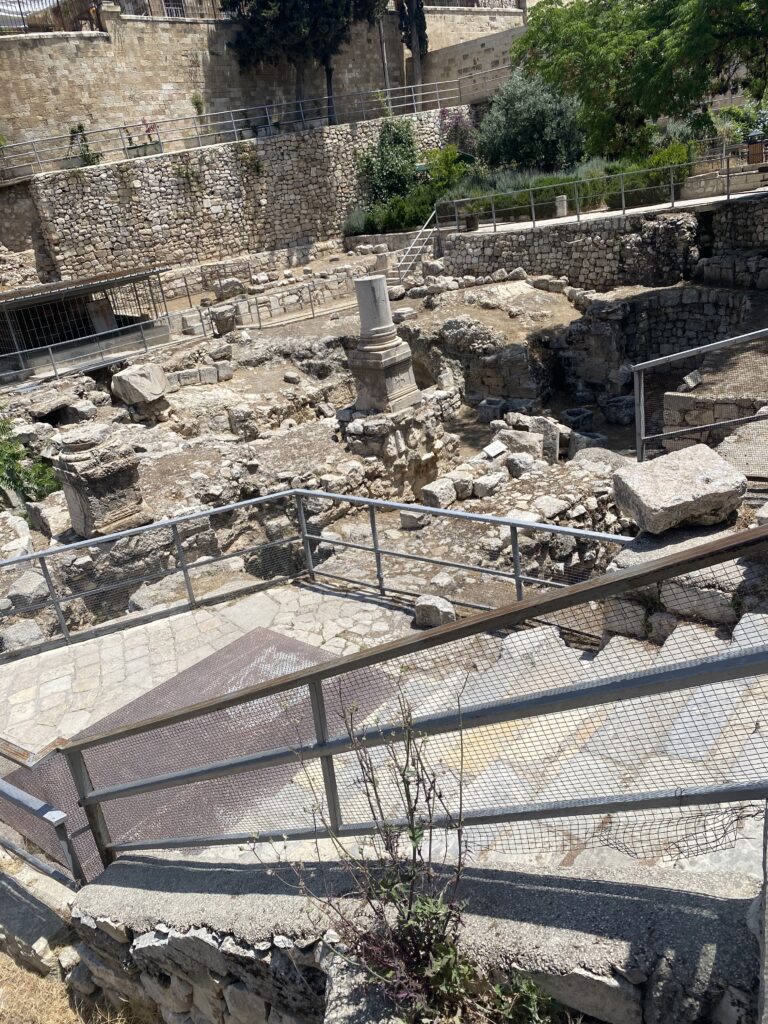
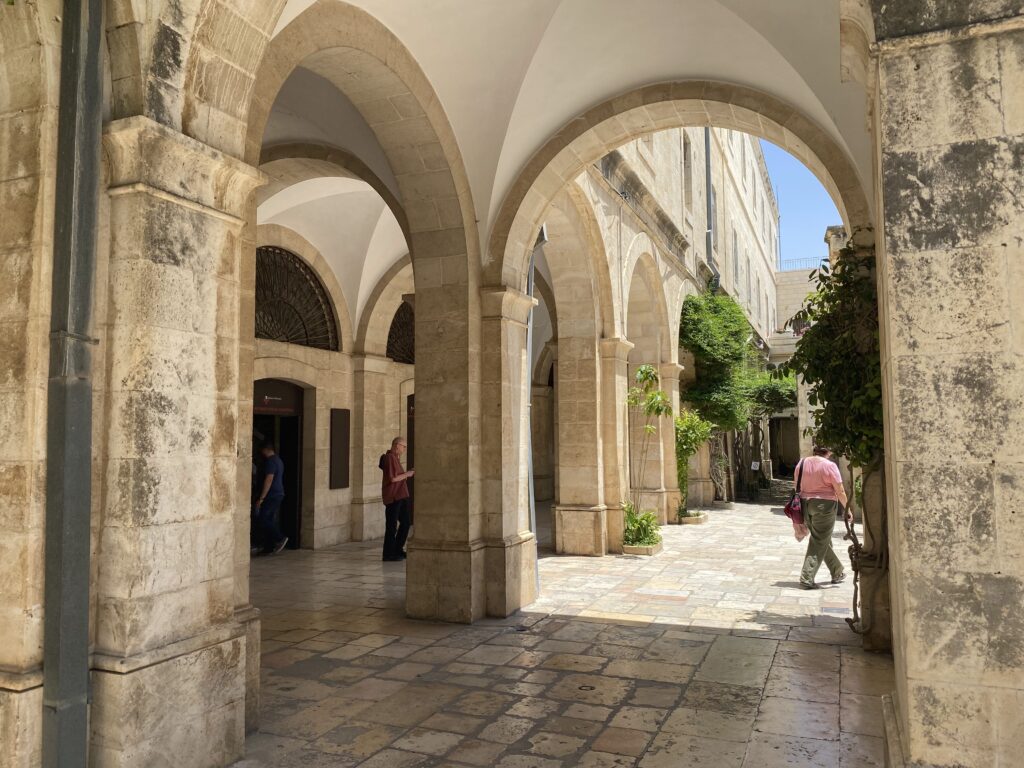
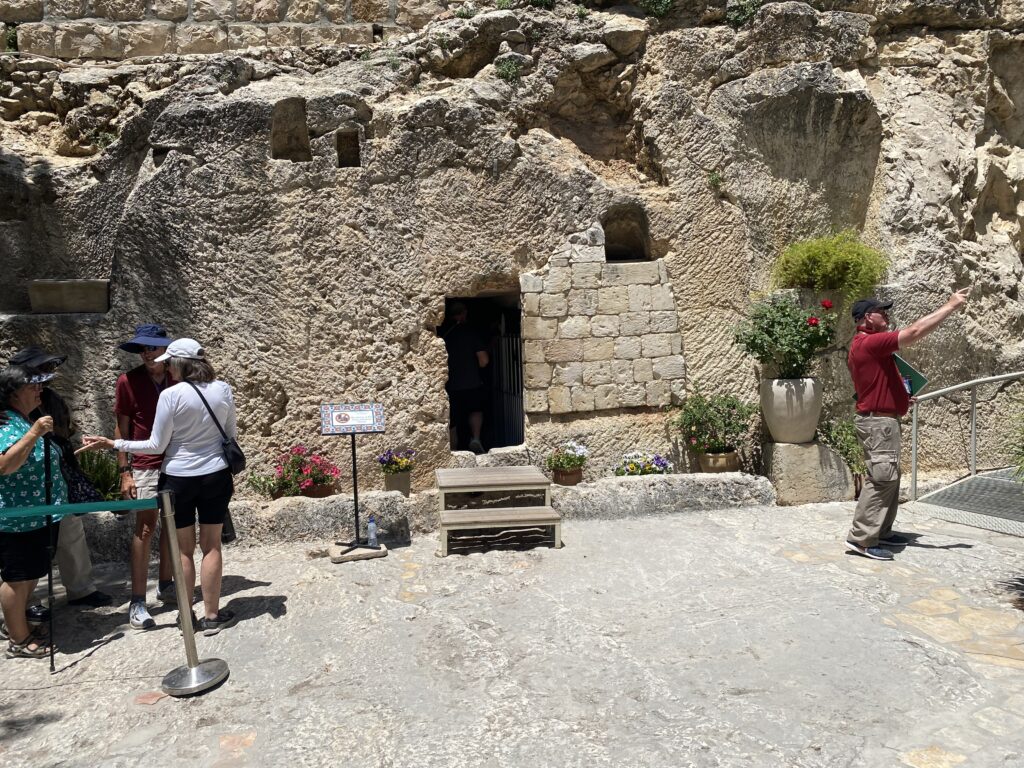
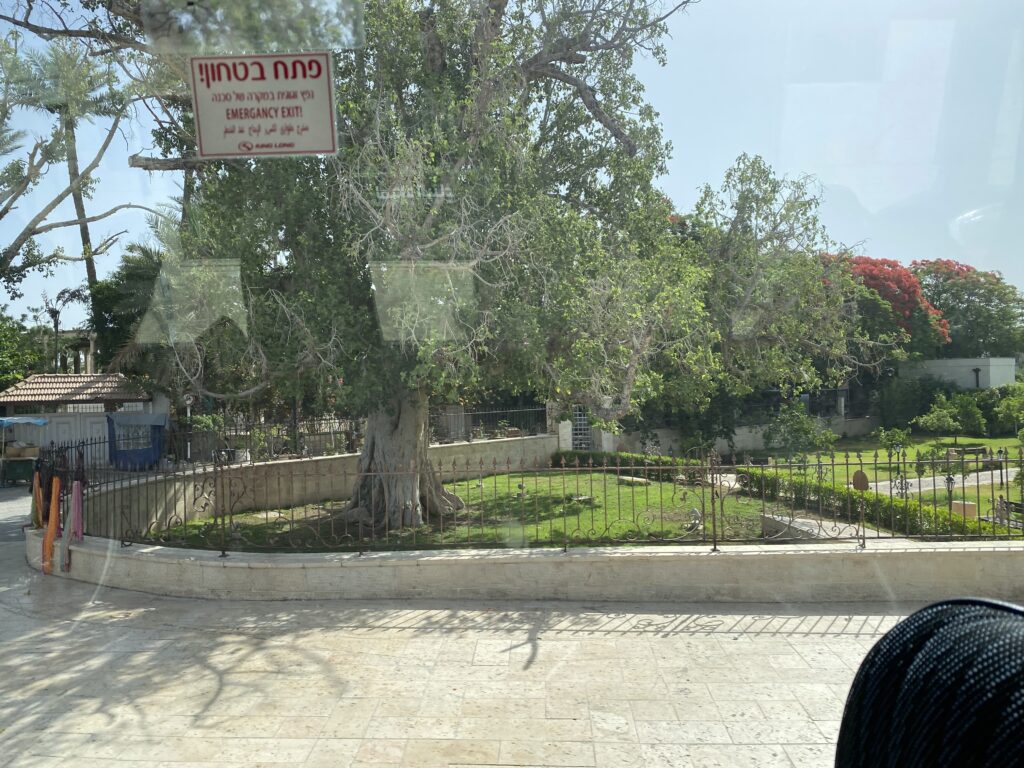
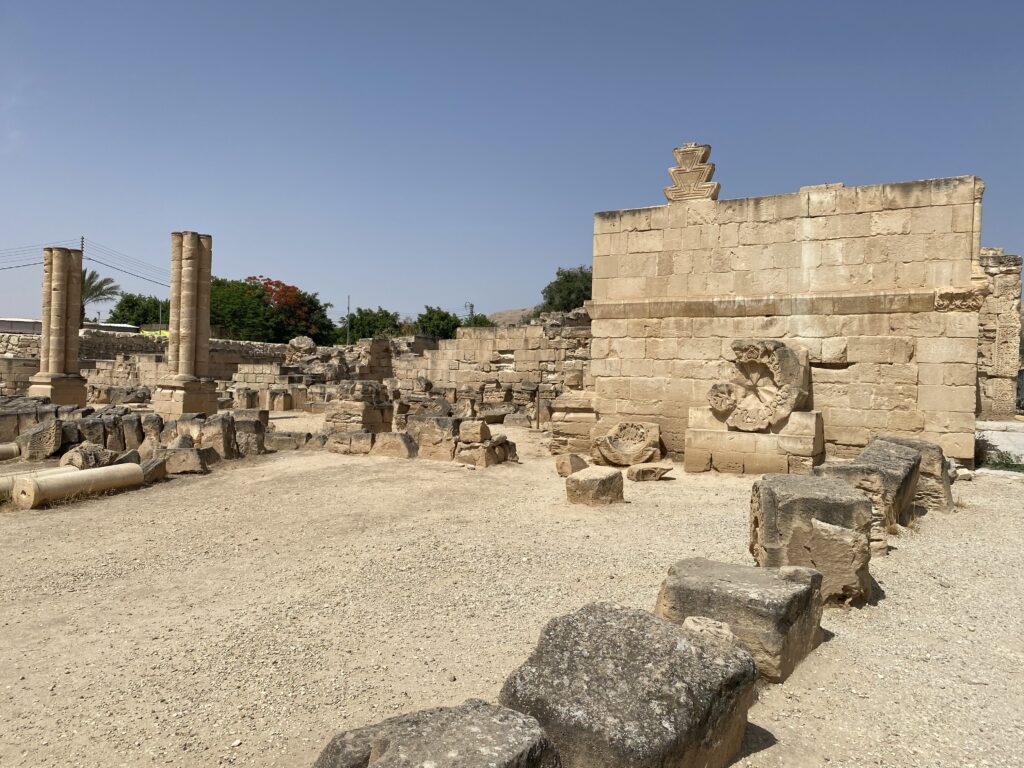
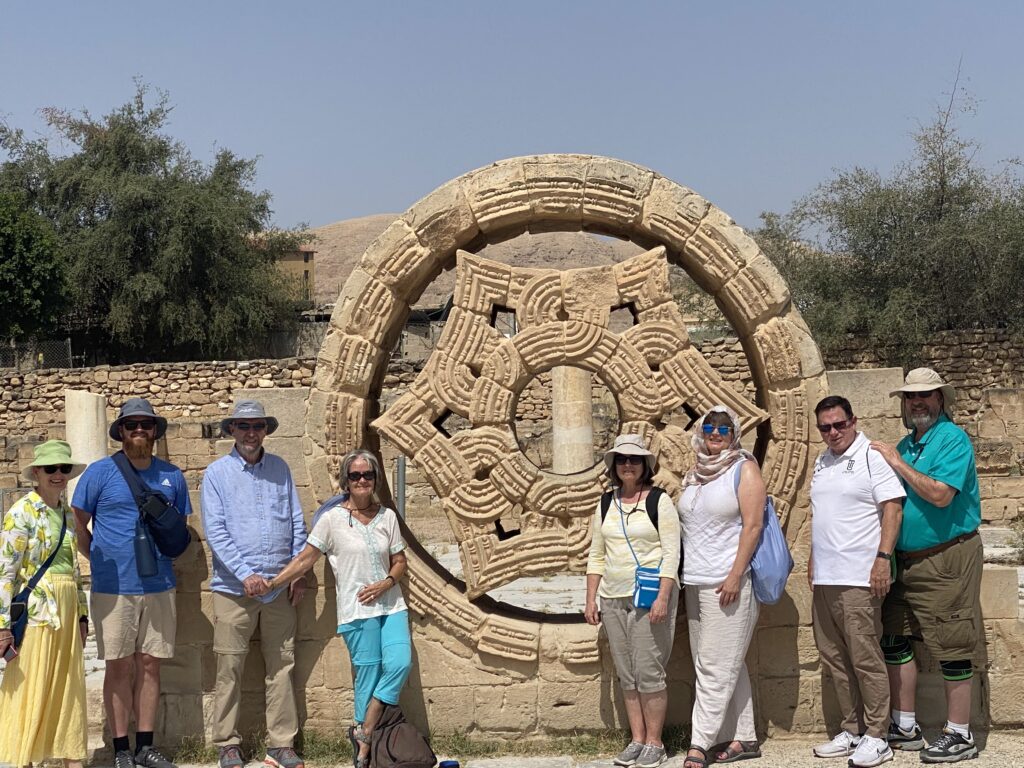
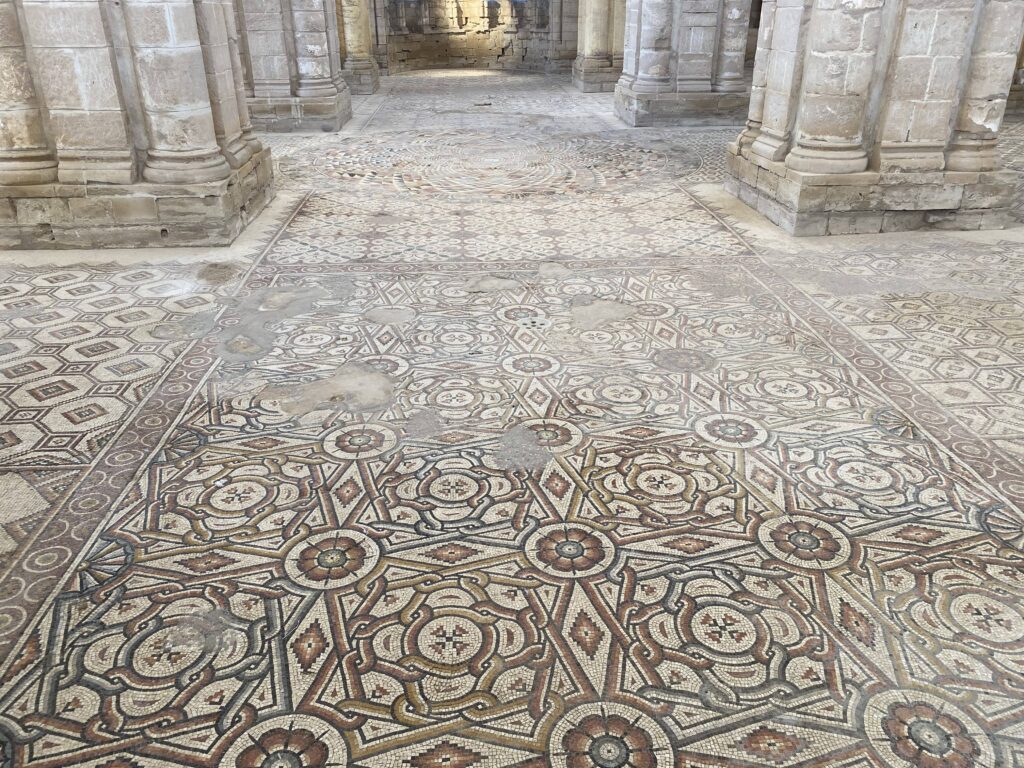
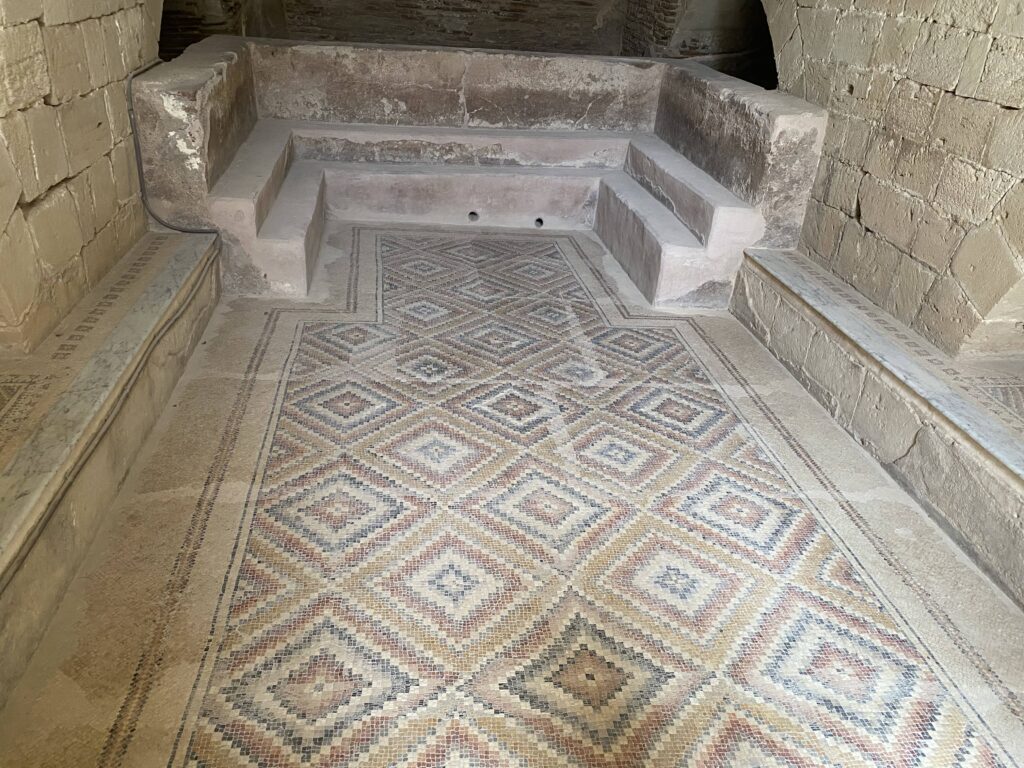
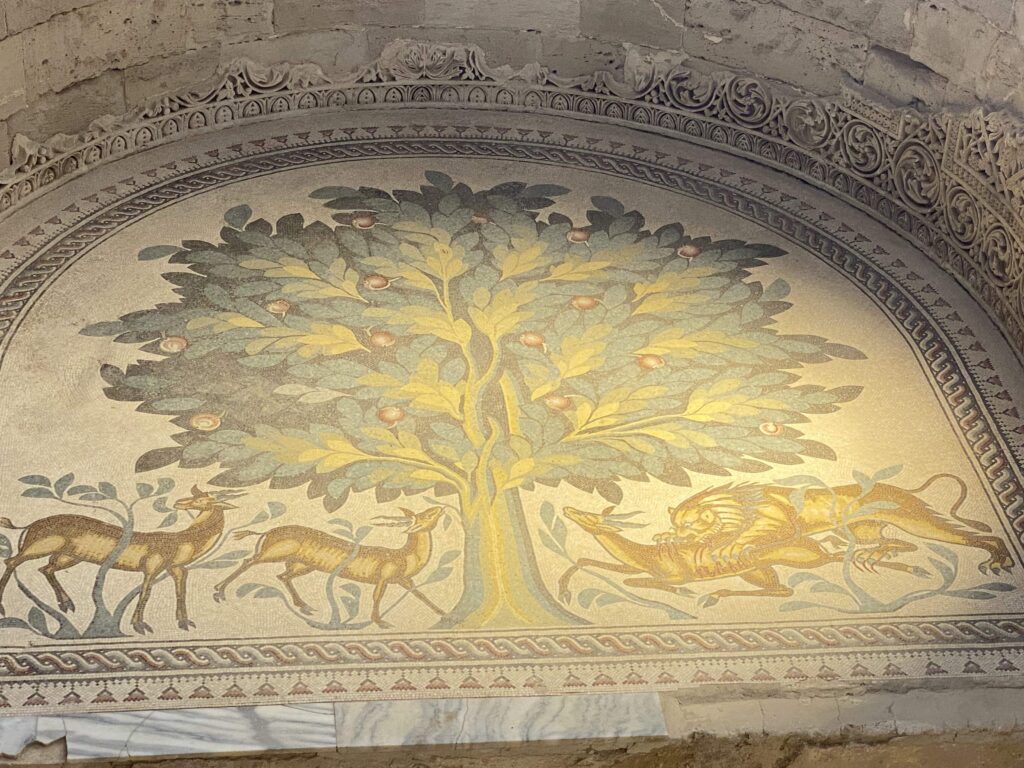
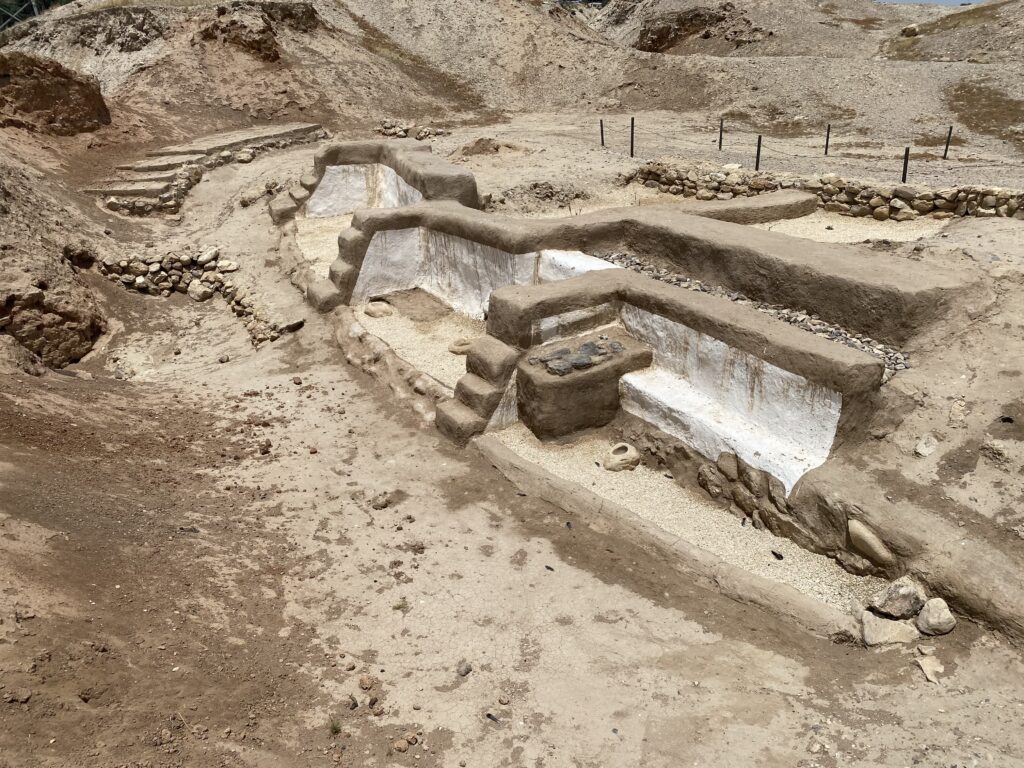
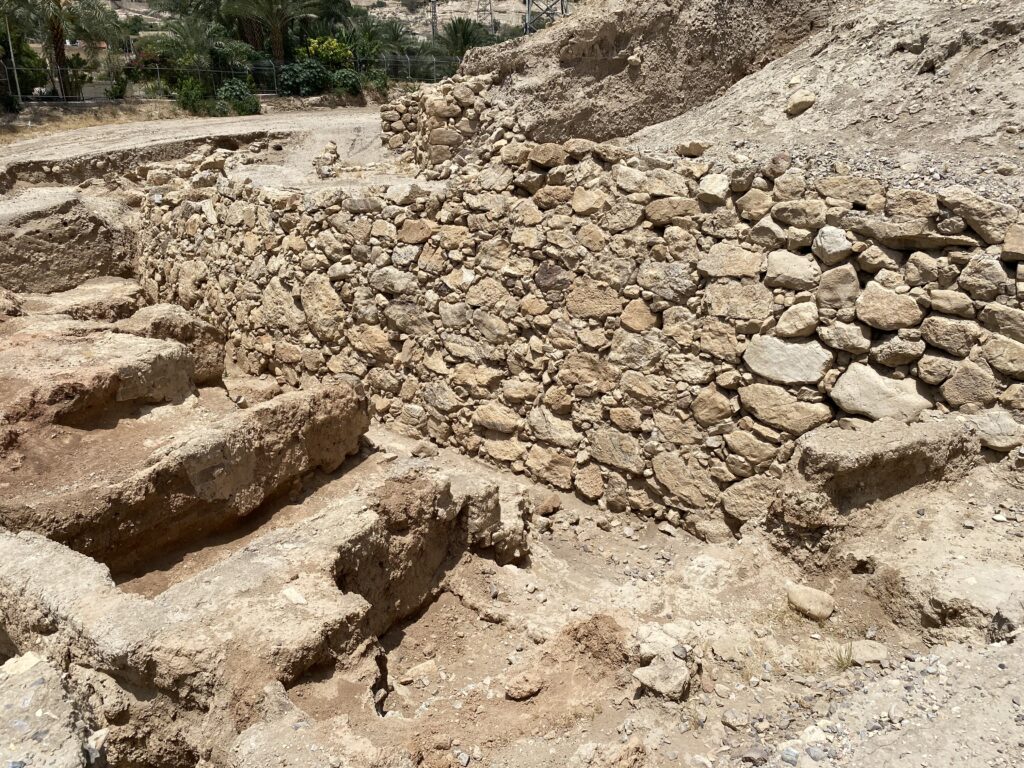
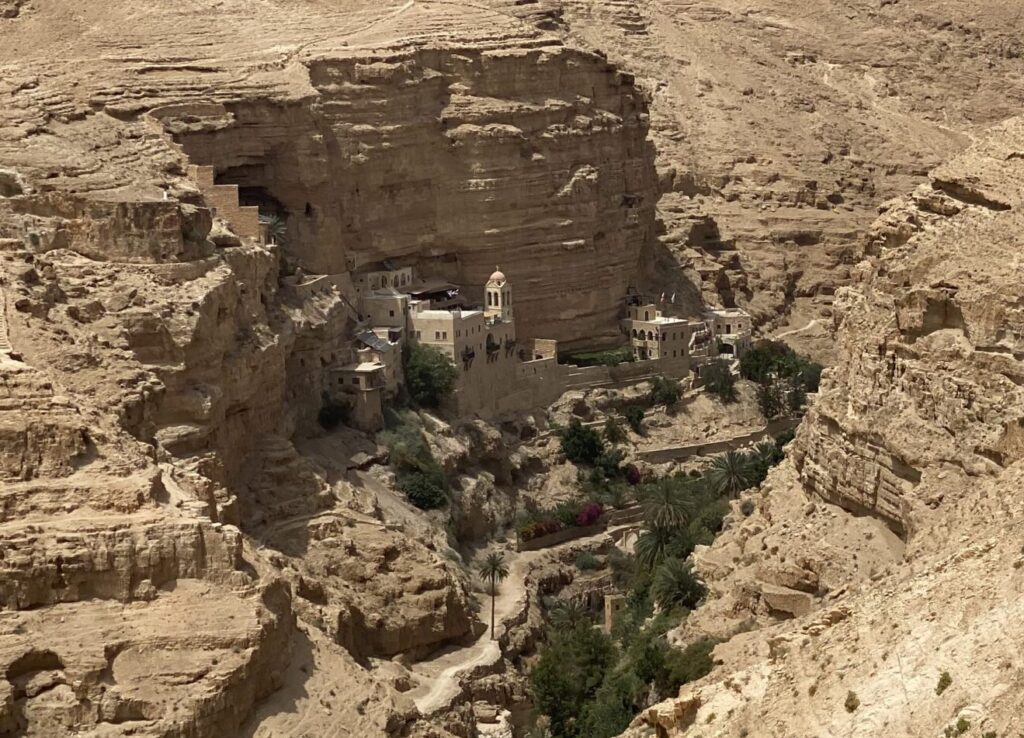
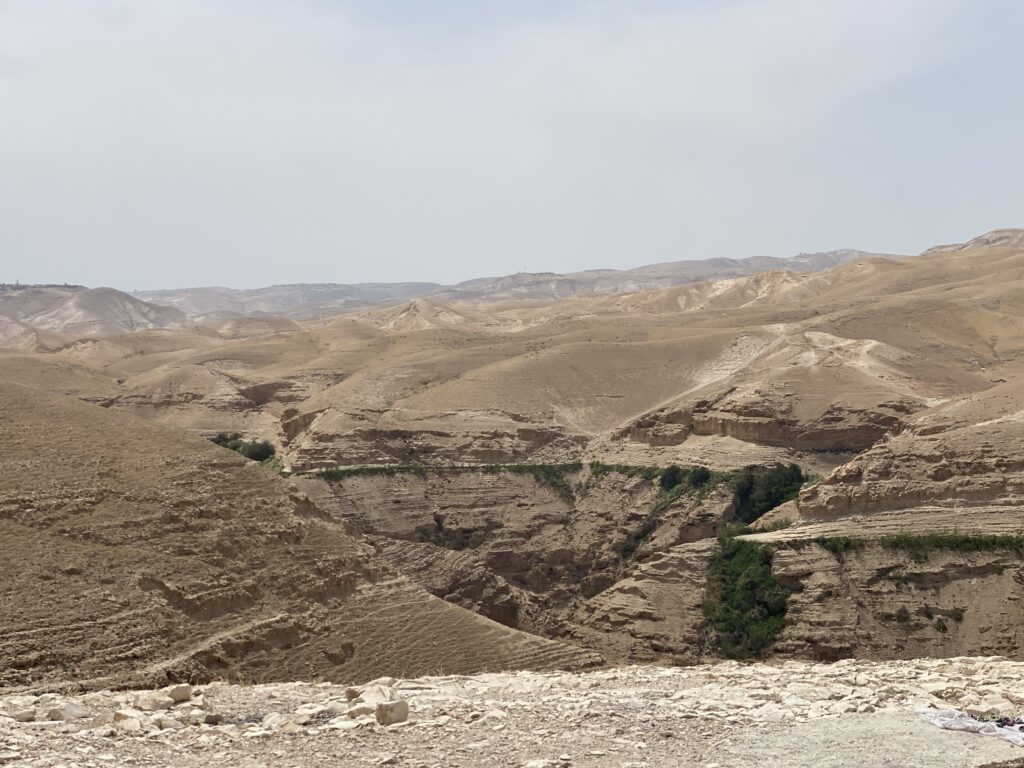 This was our last day in Israel. Off to Turkey!
This was our last day in Israel. Off to Turkey!